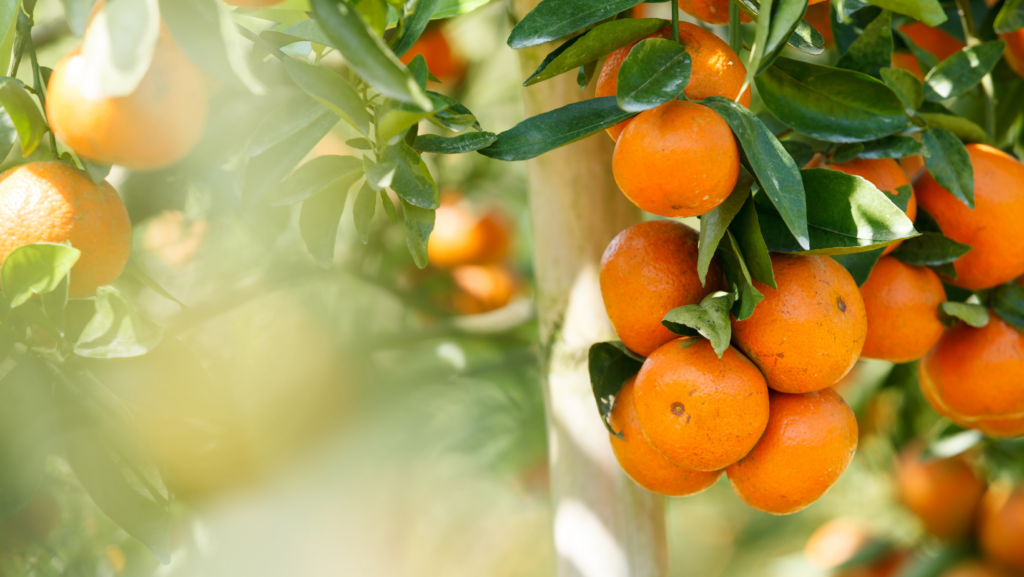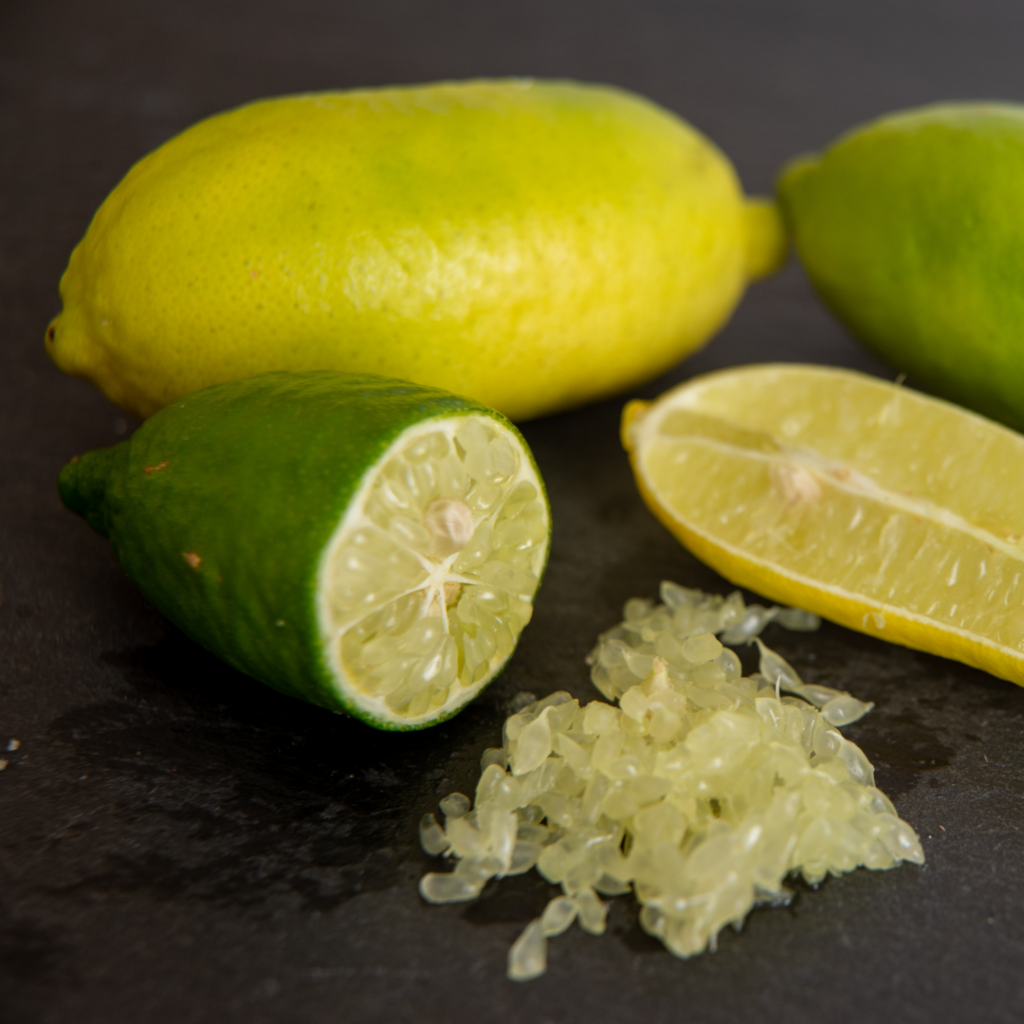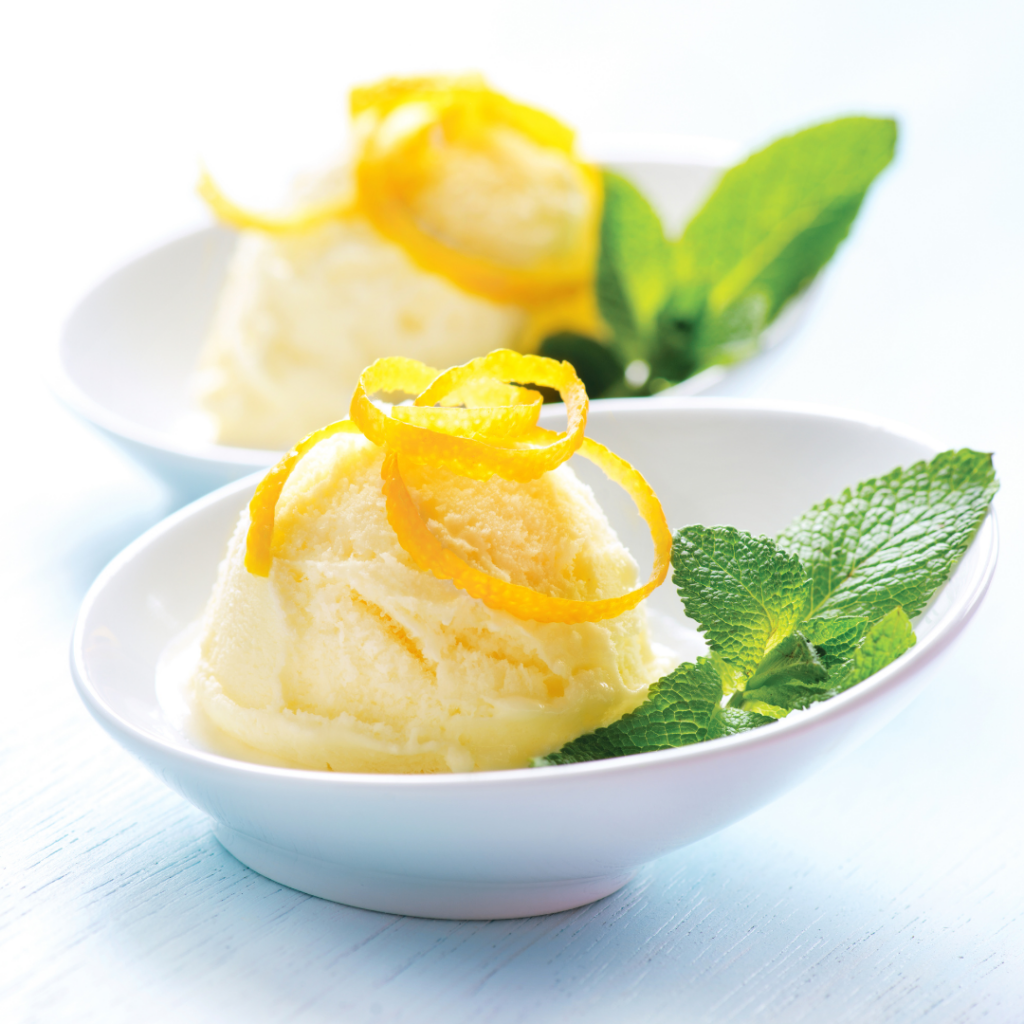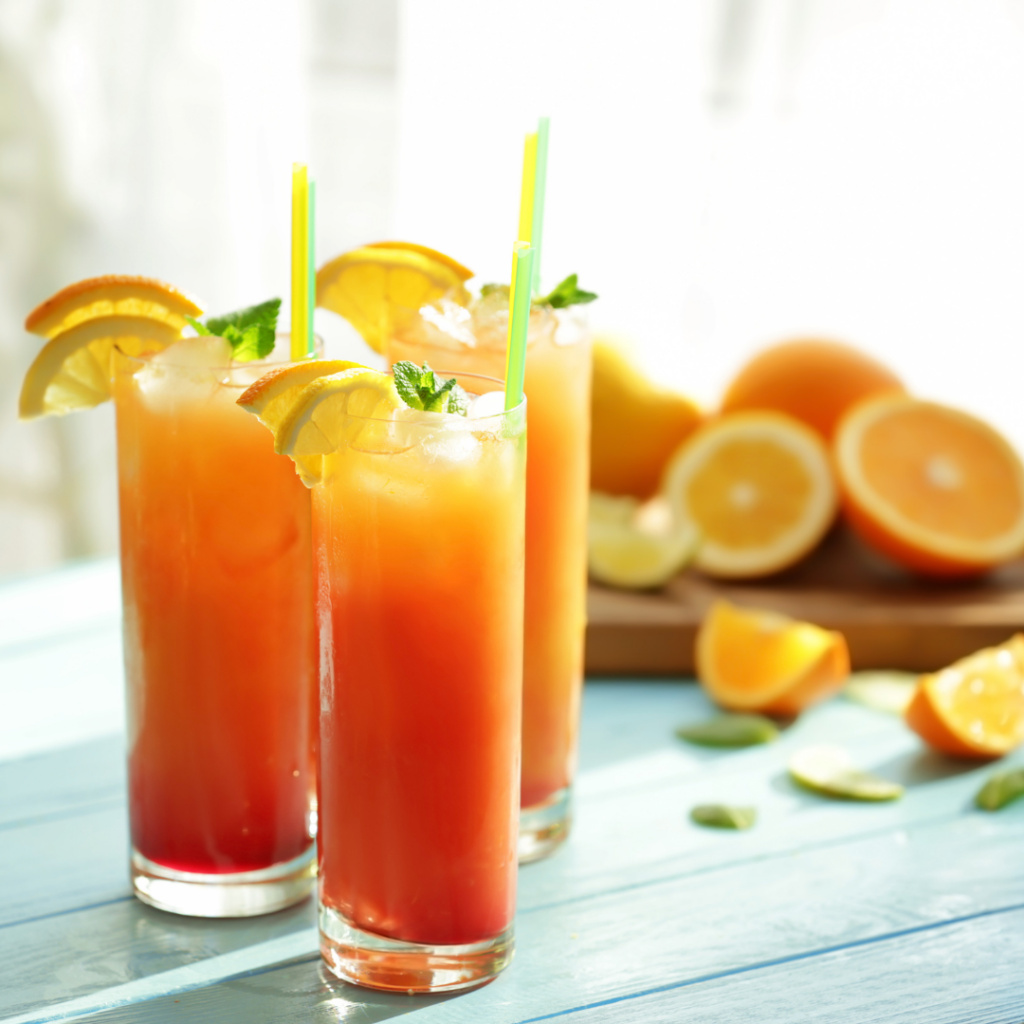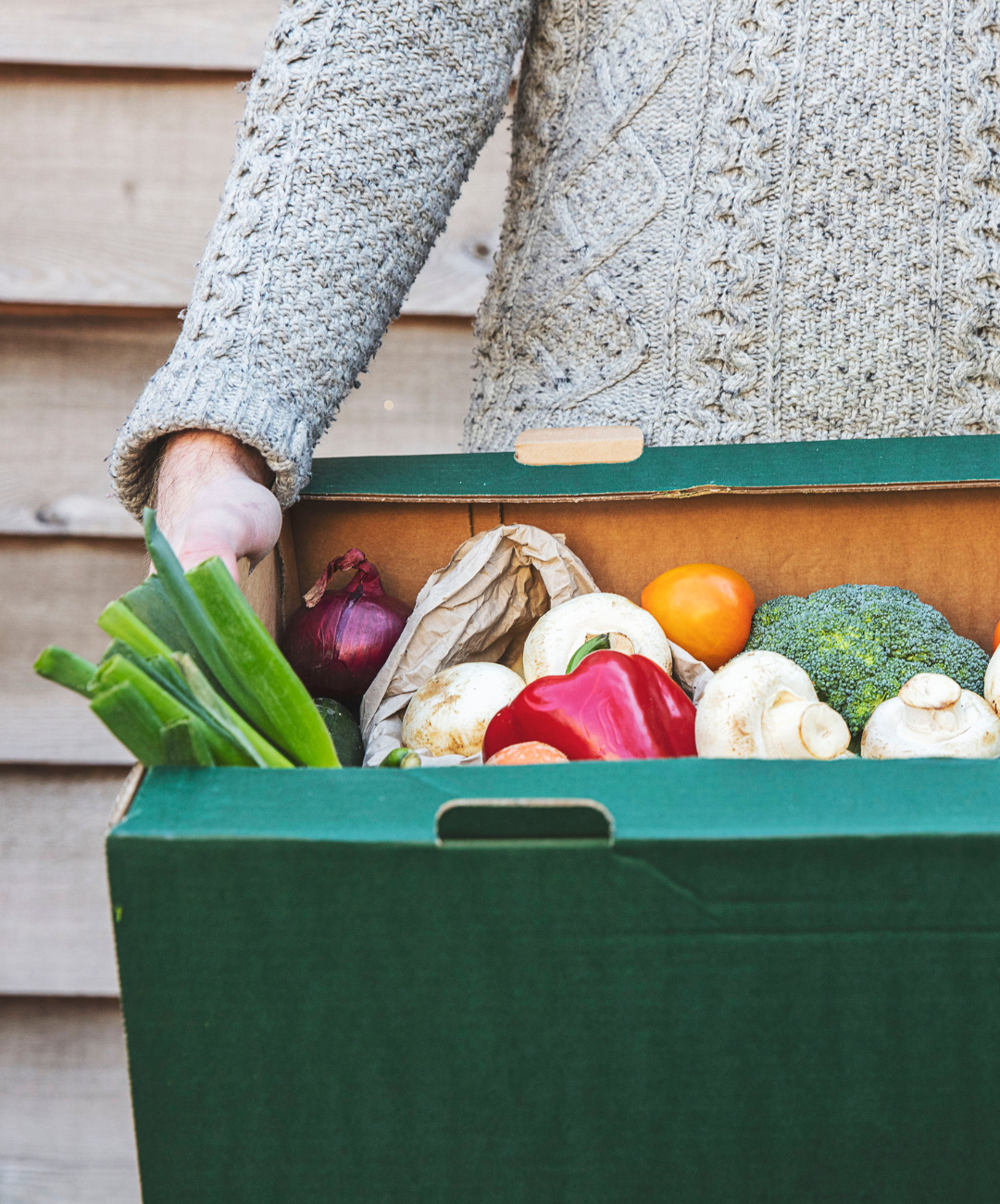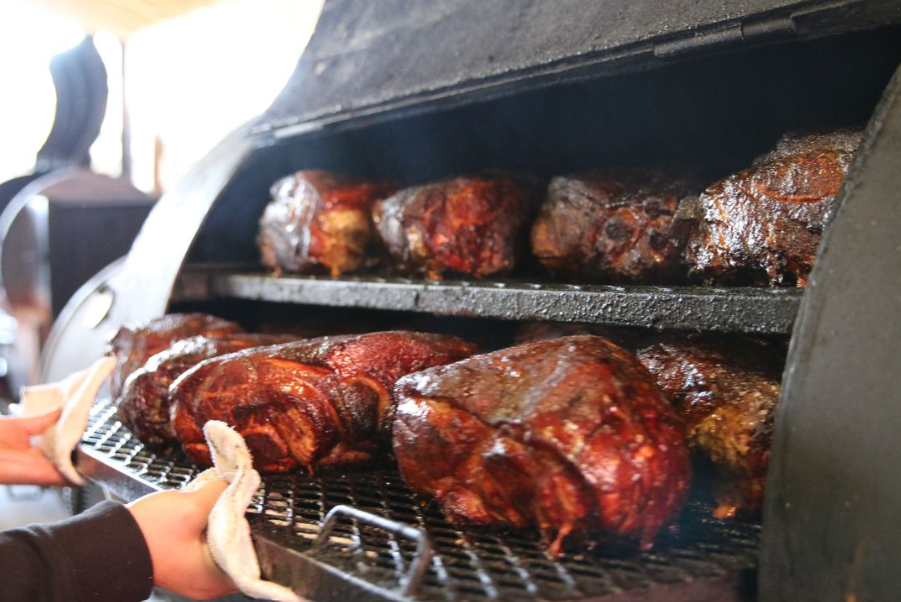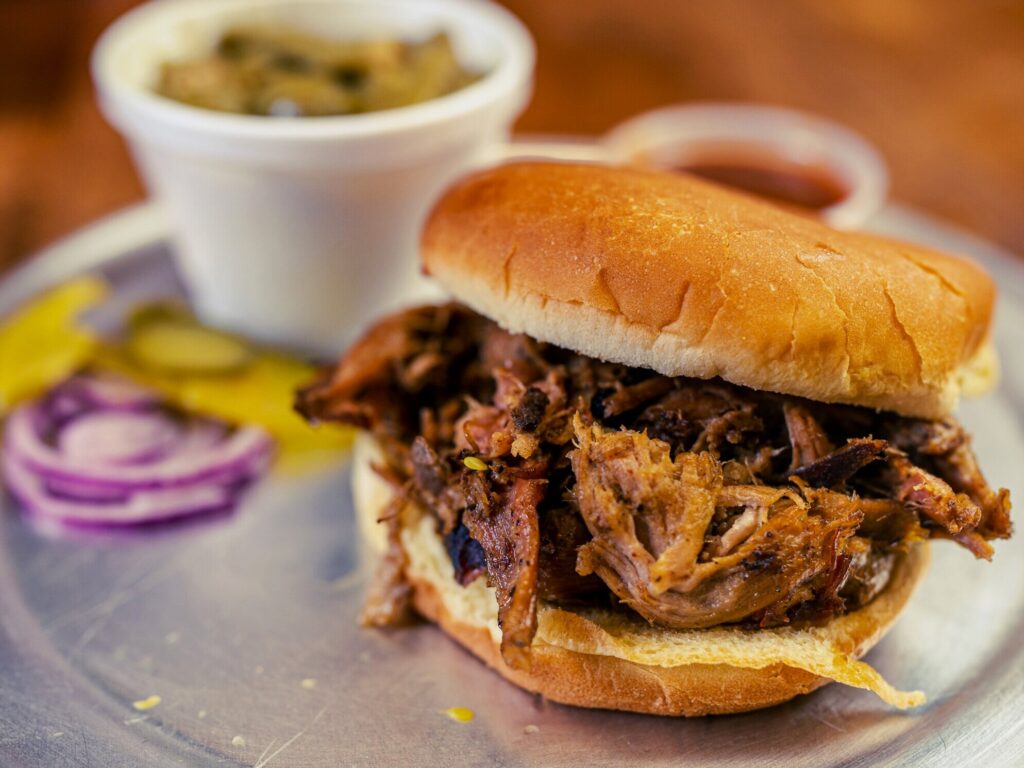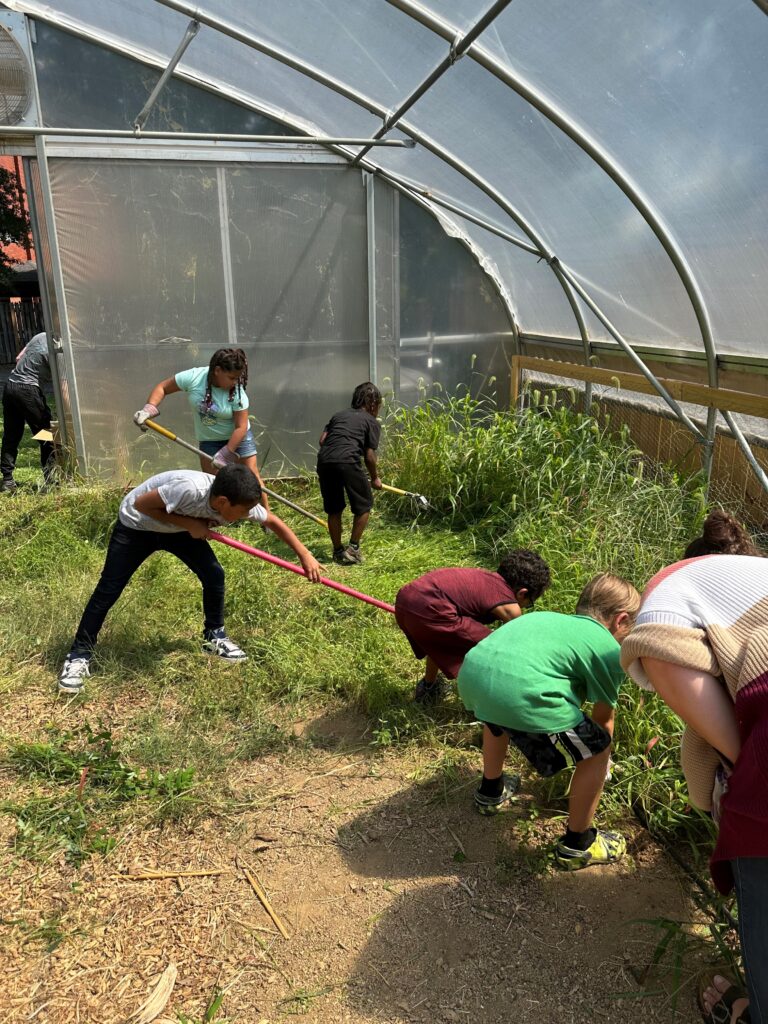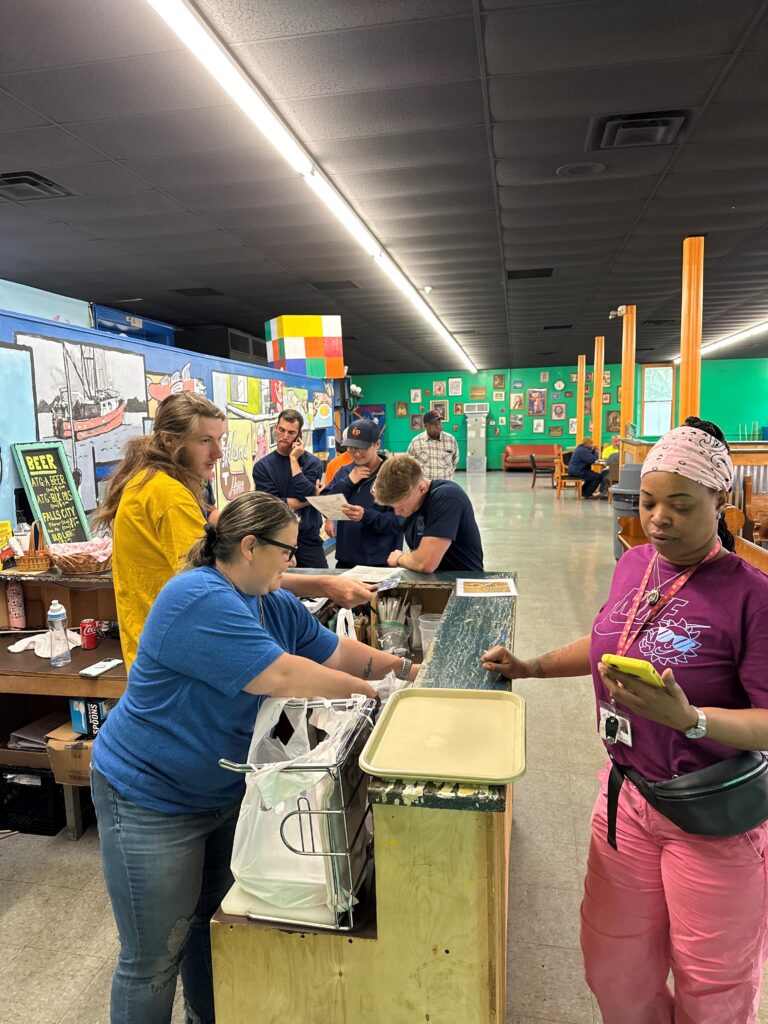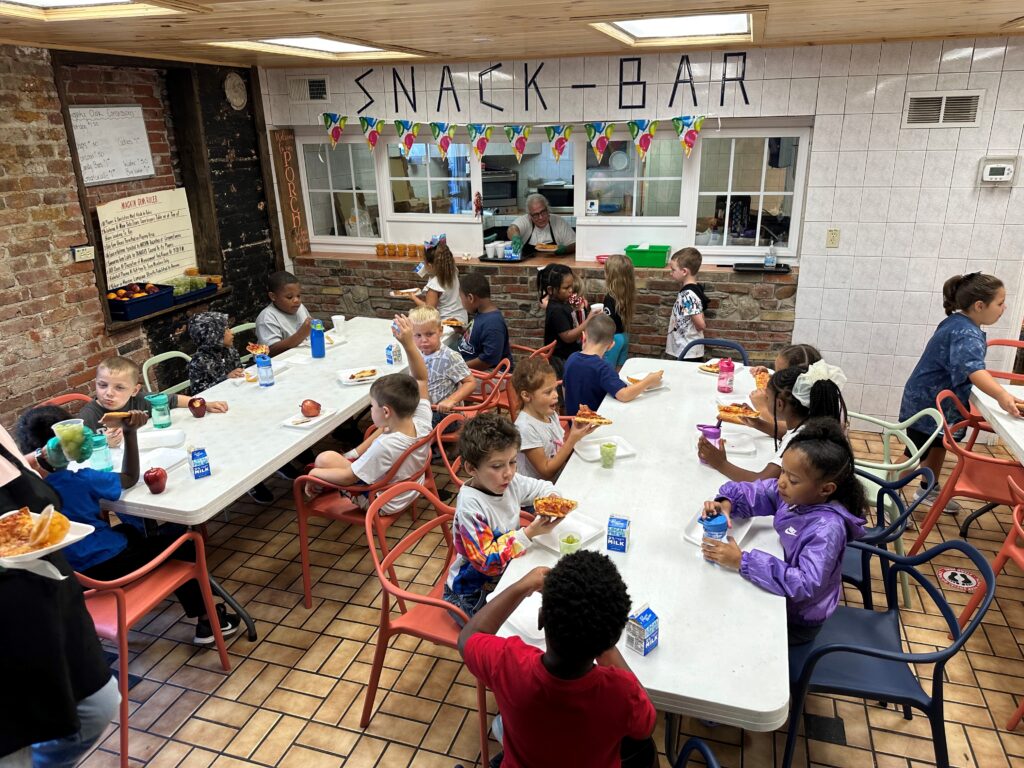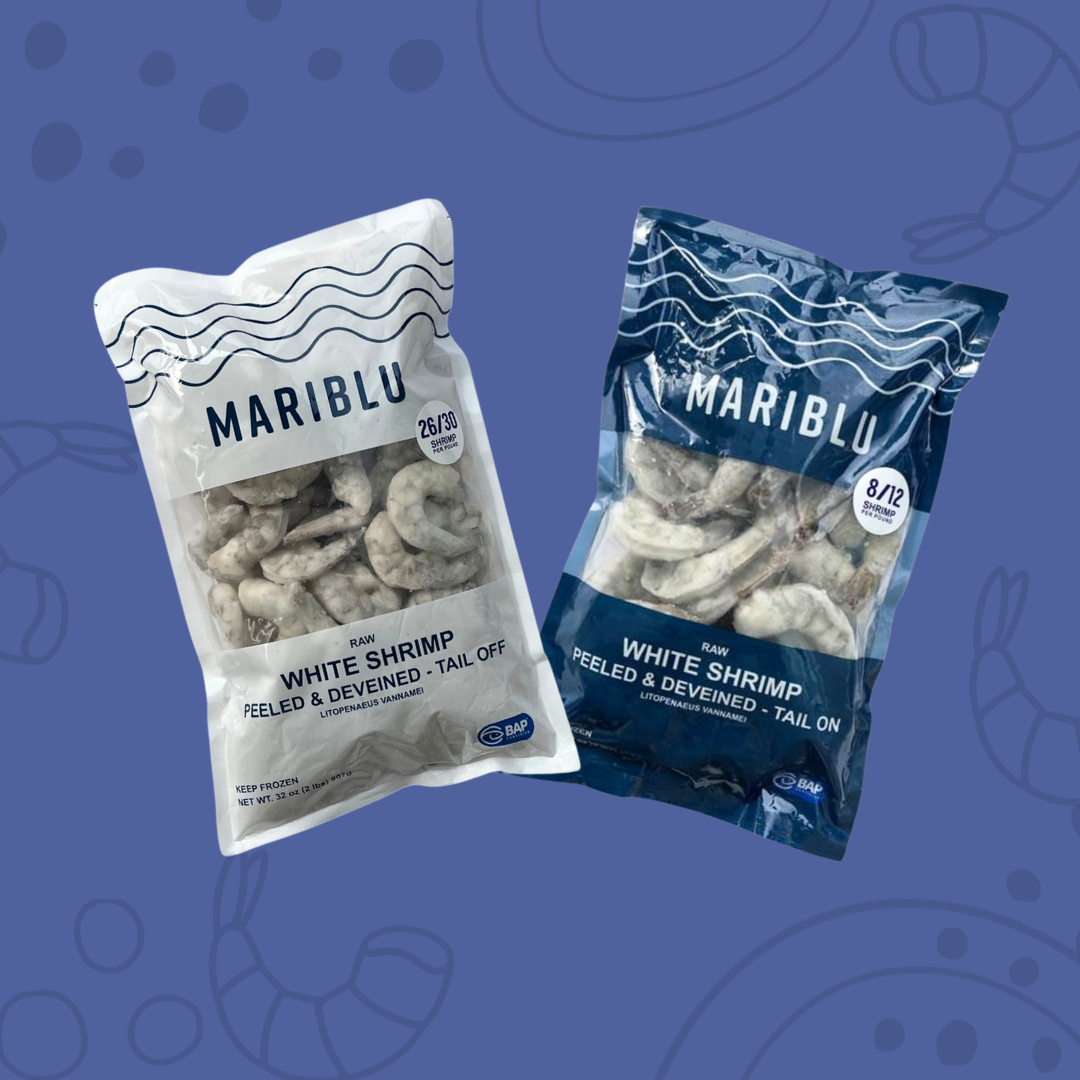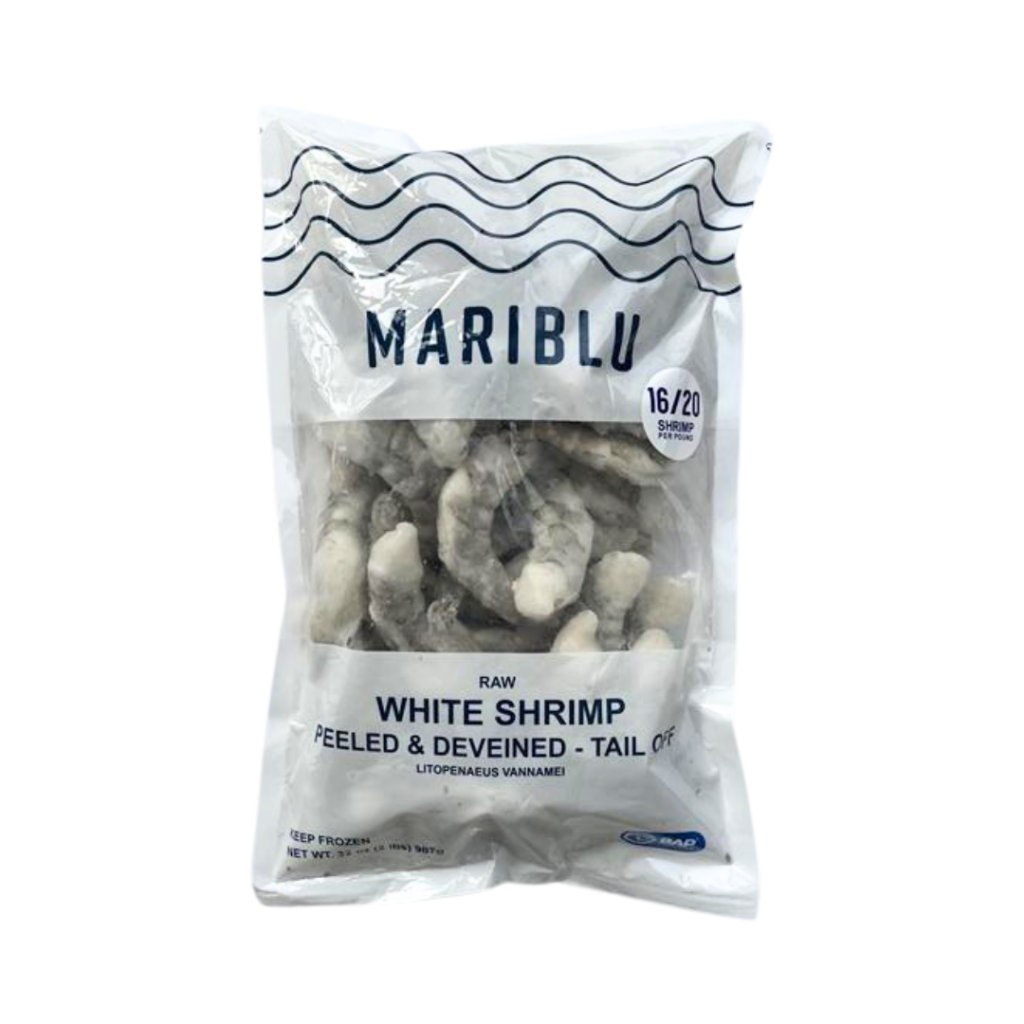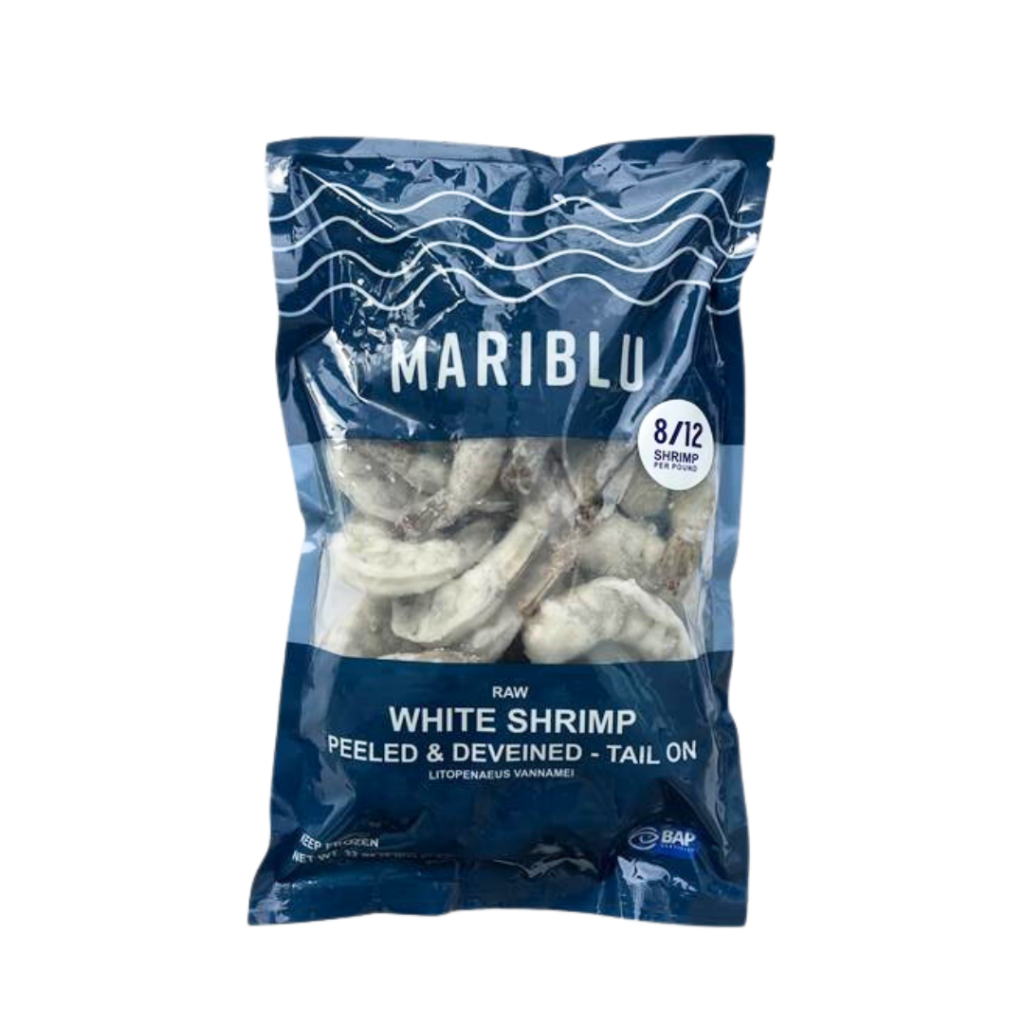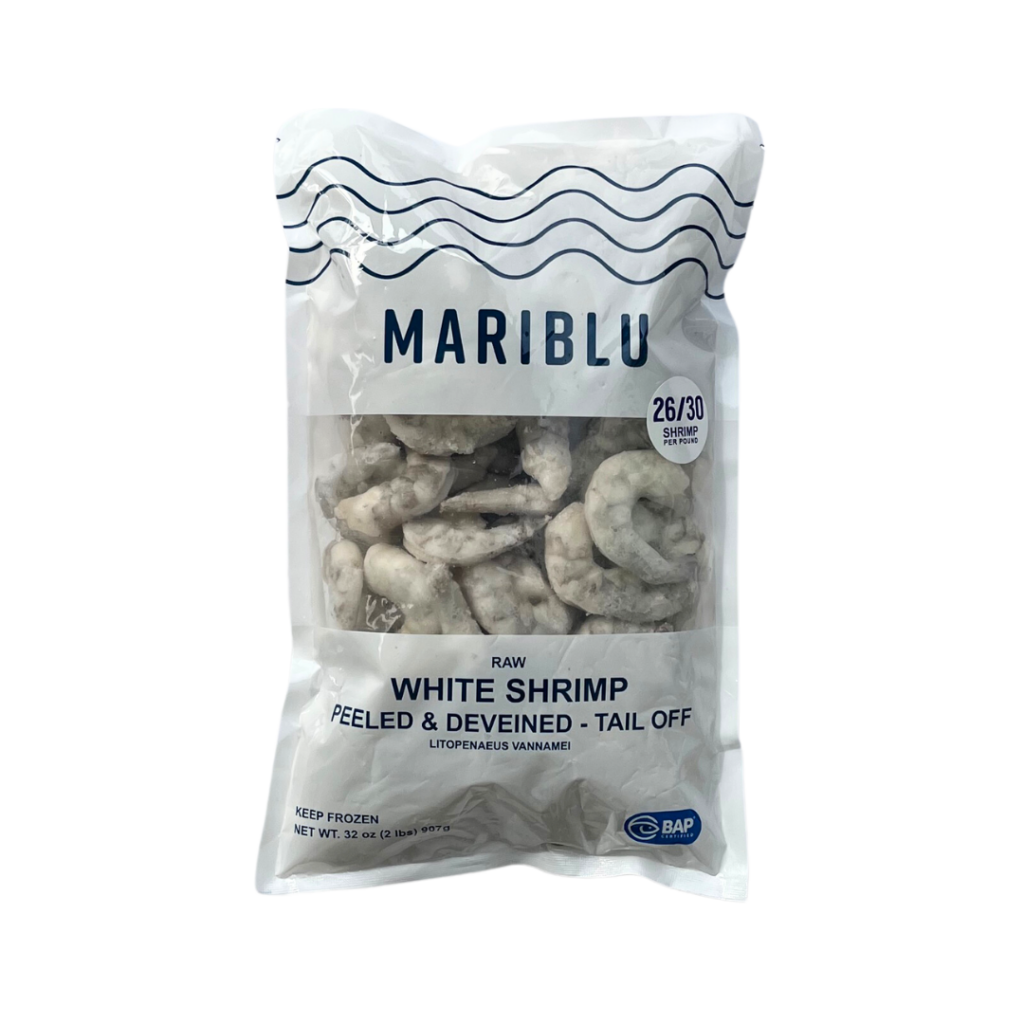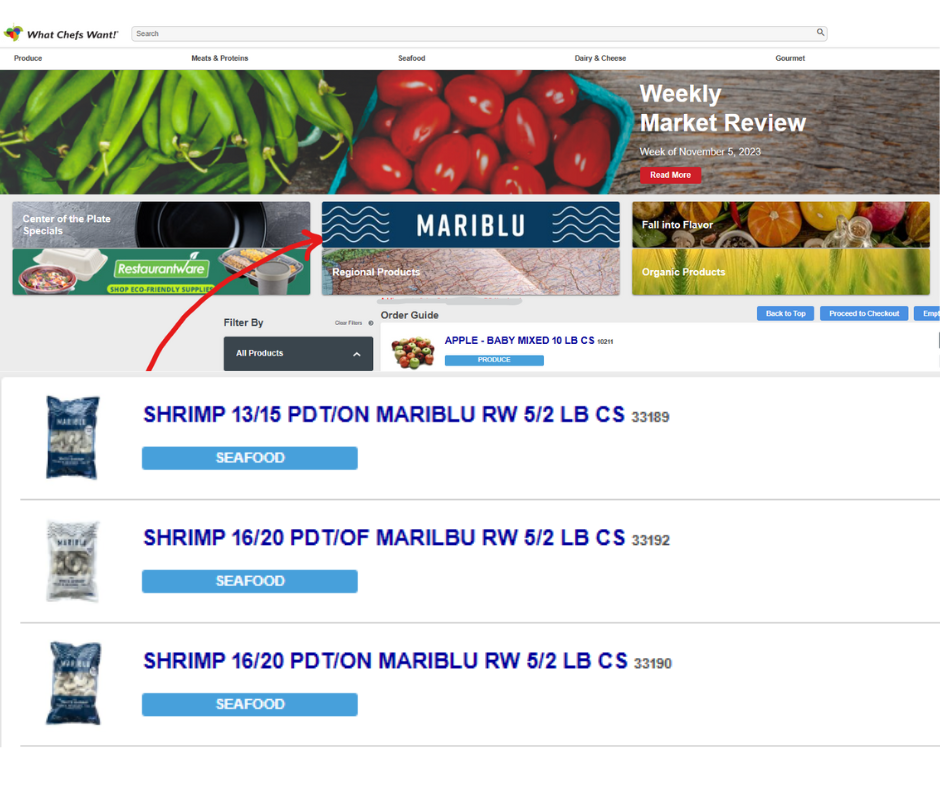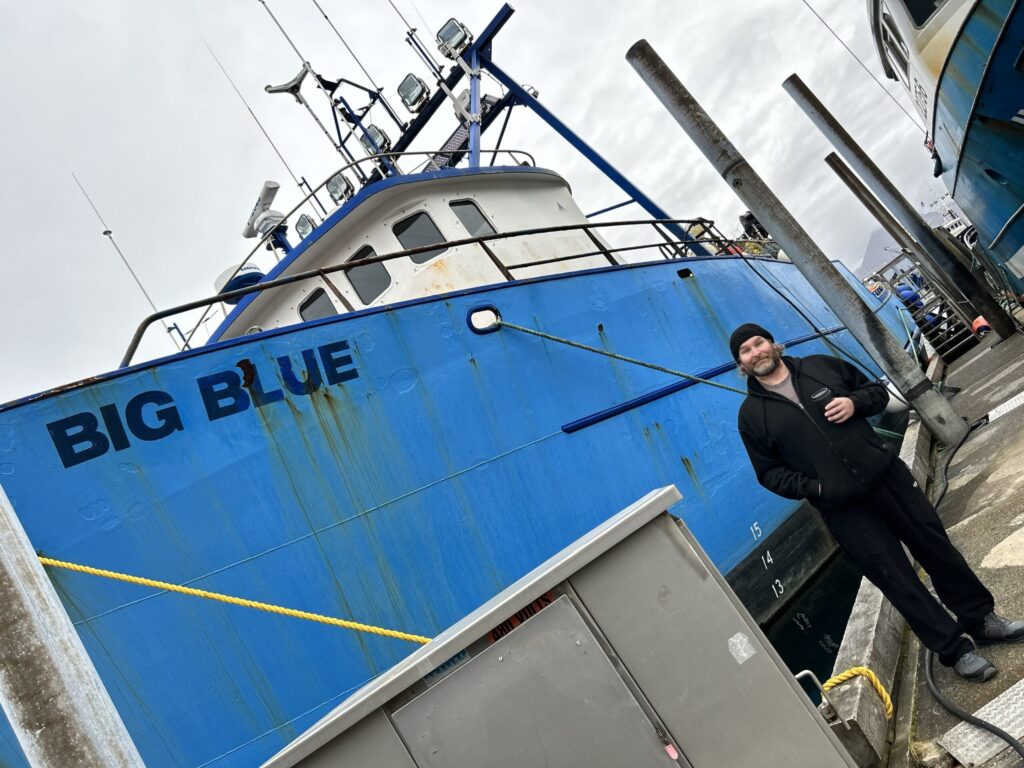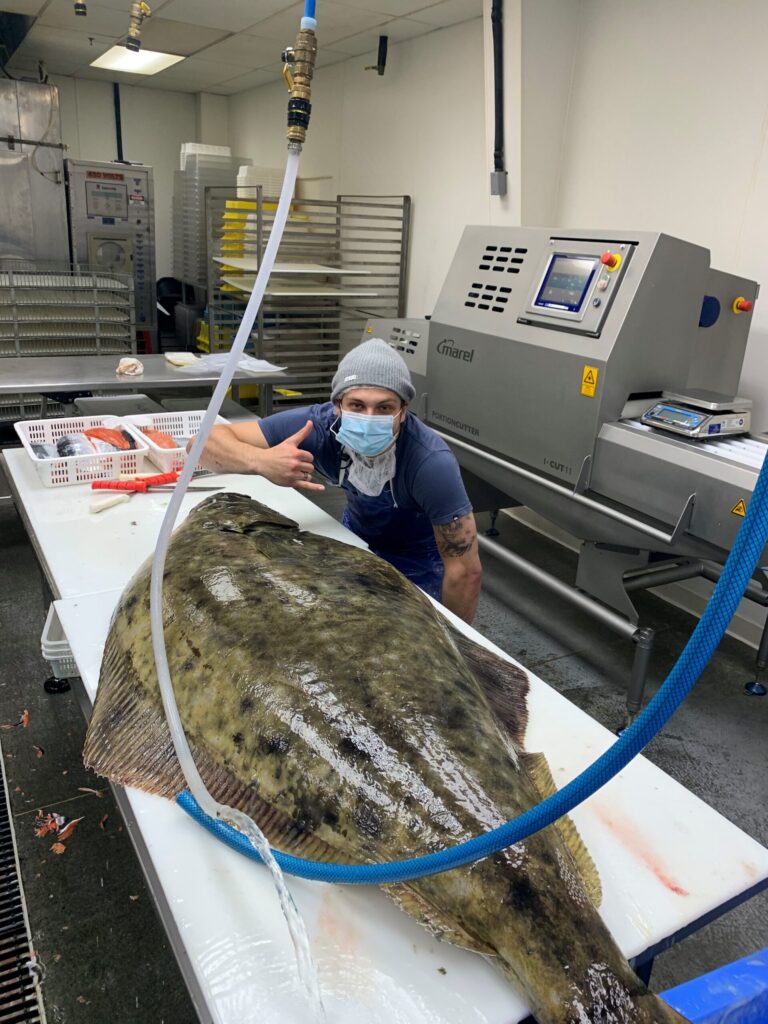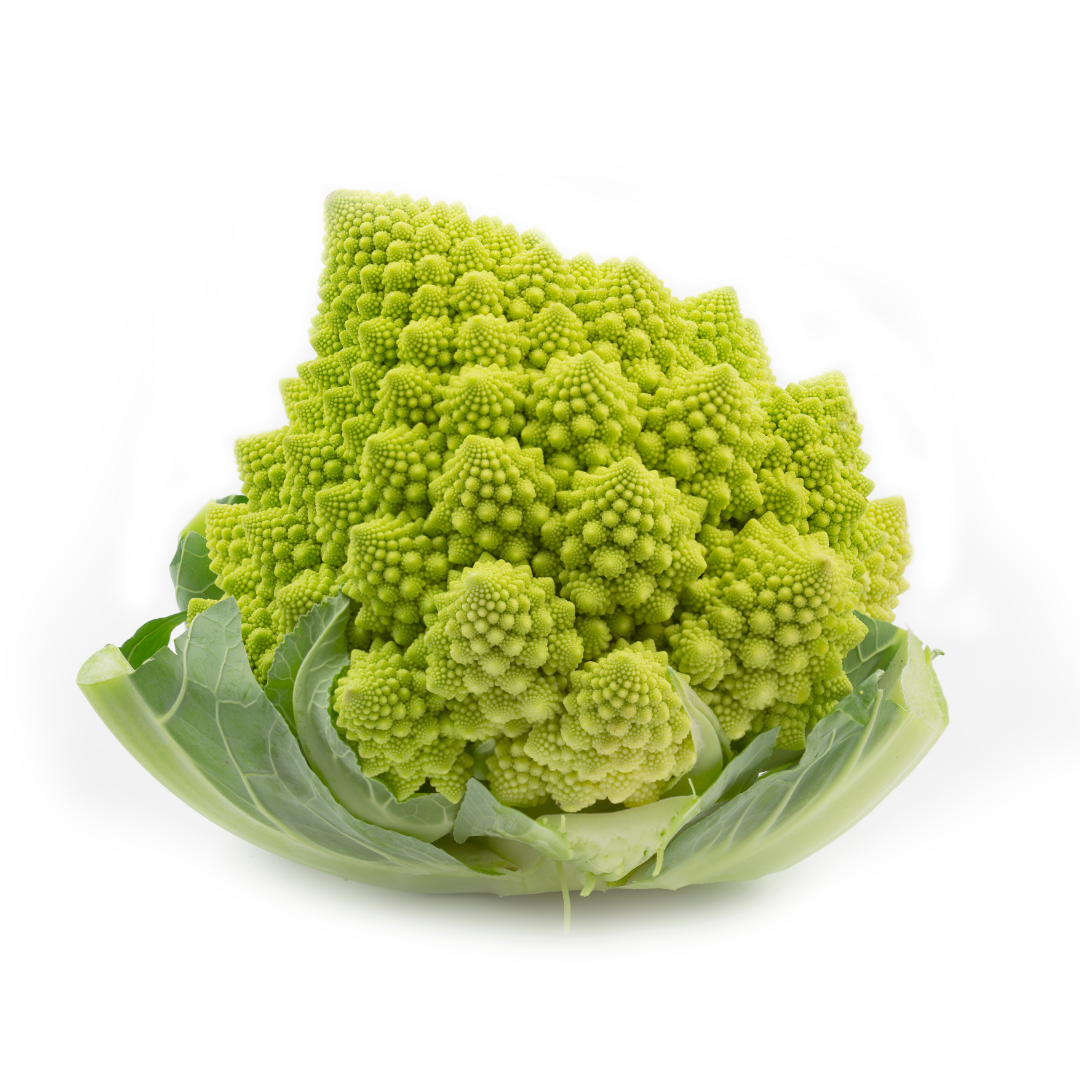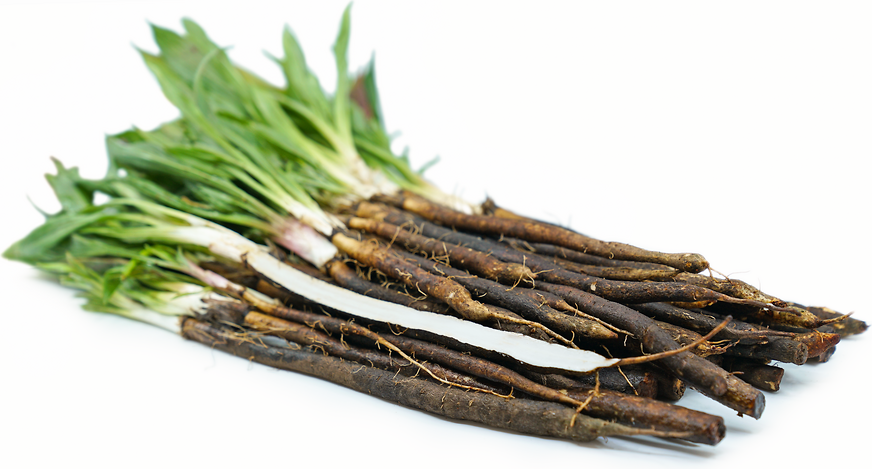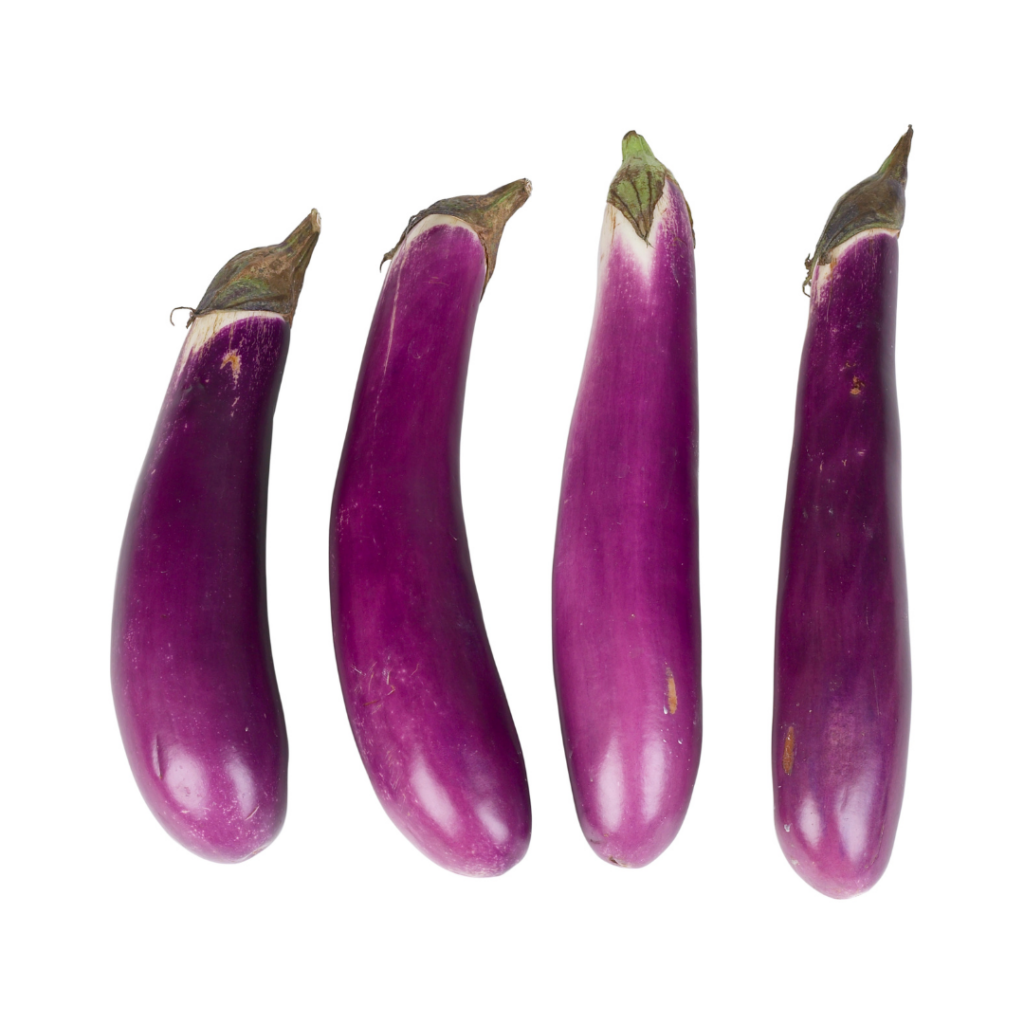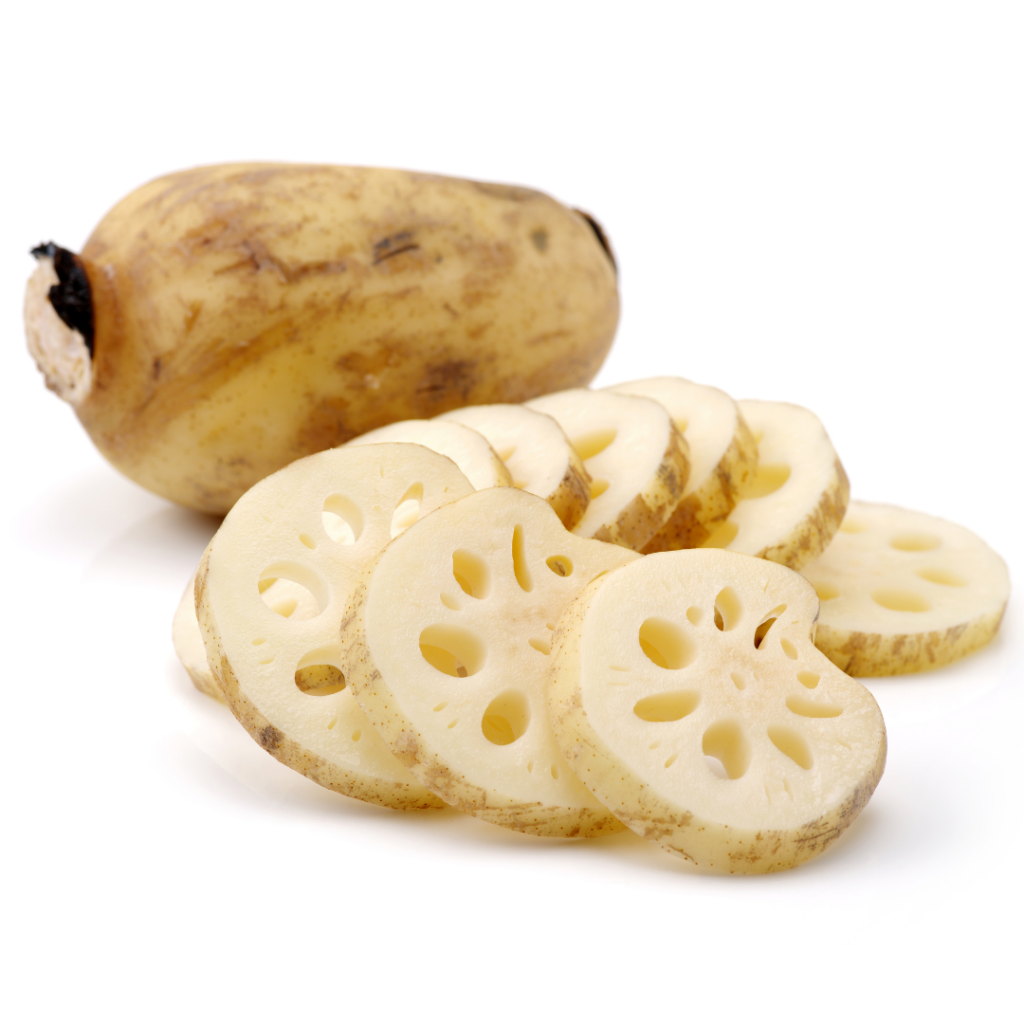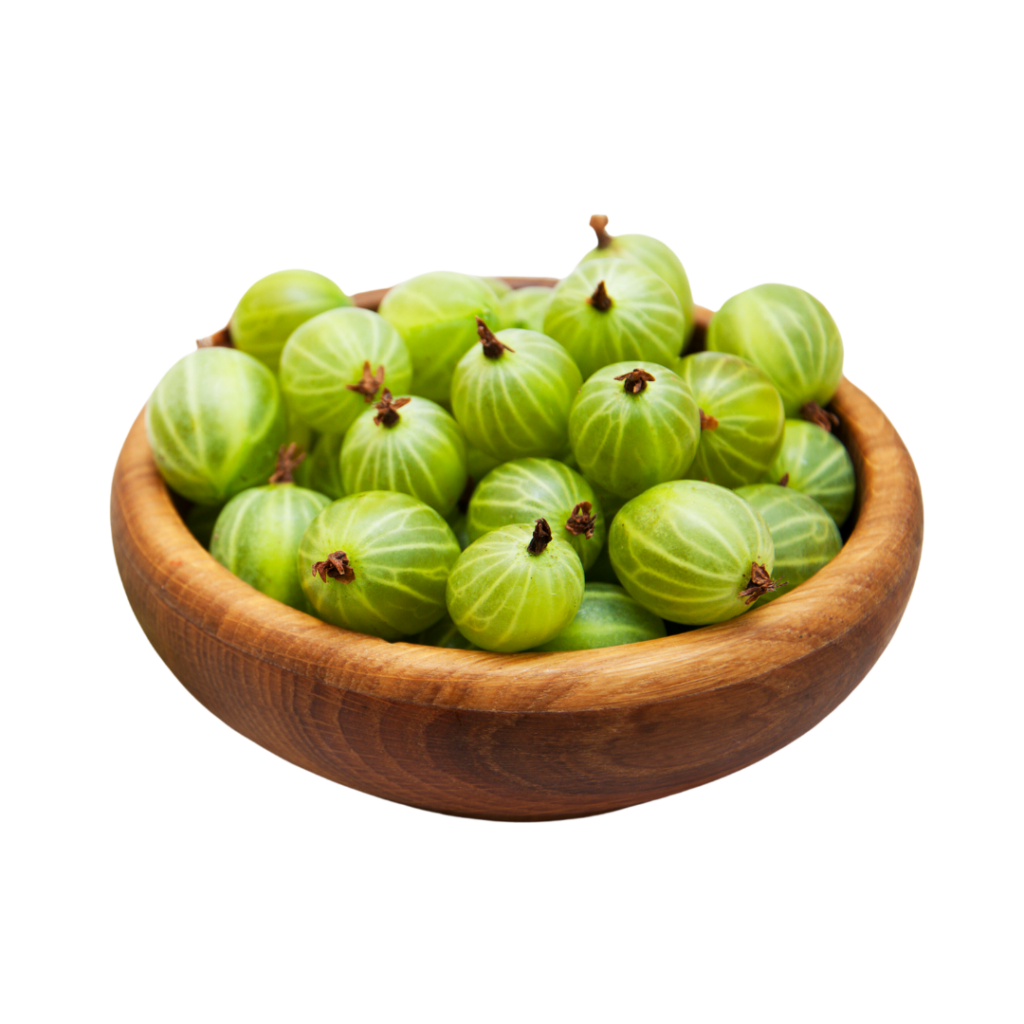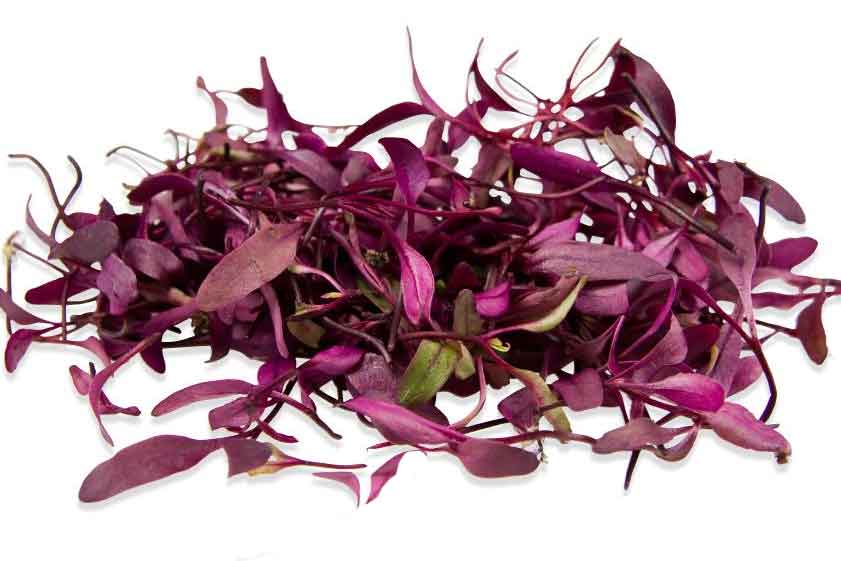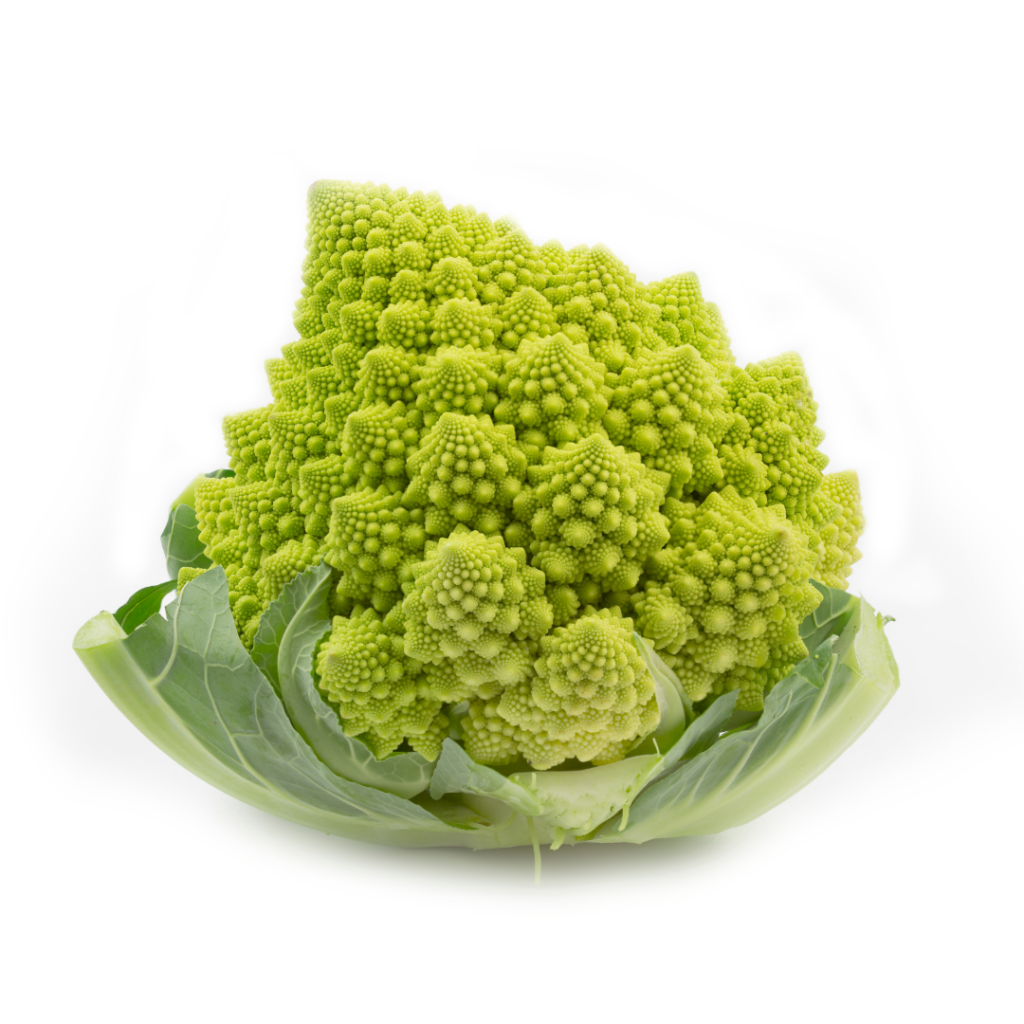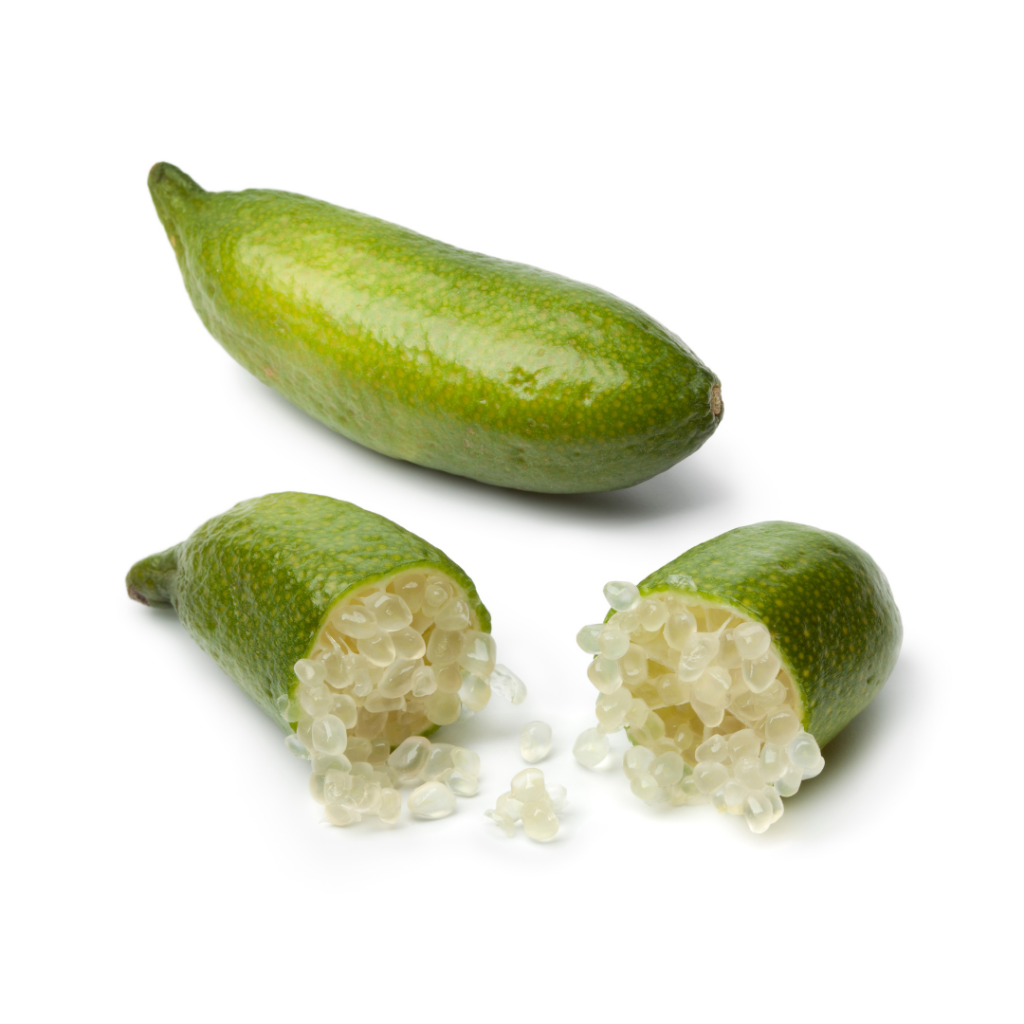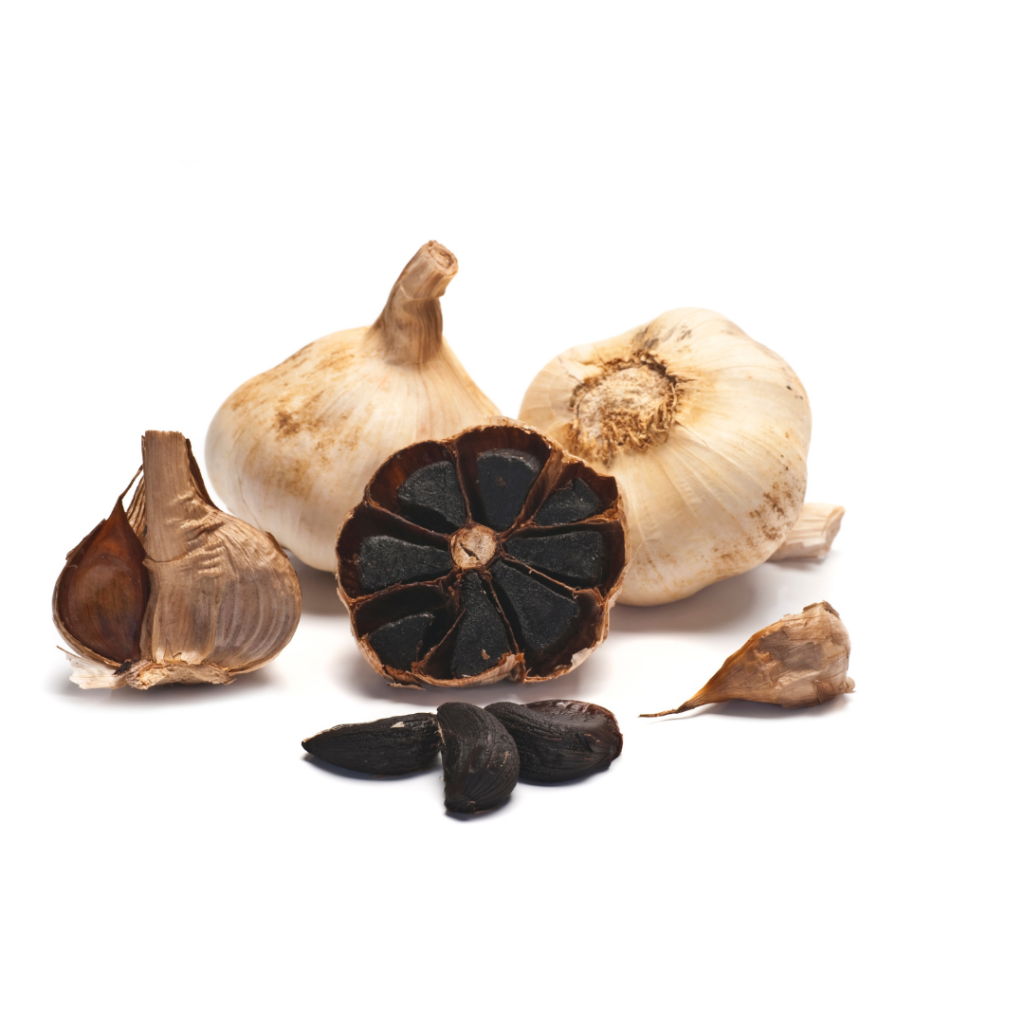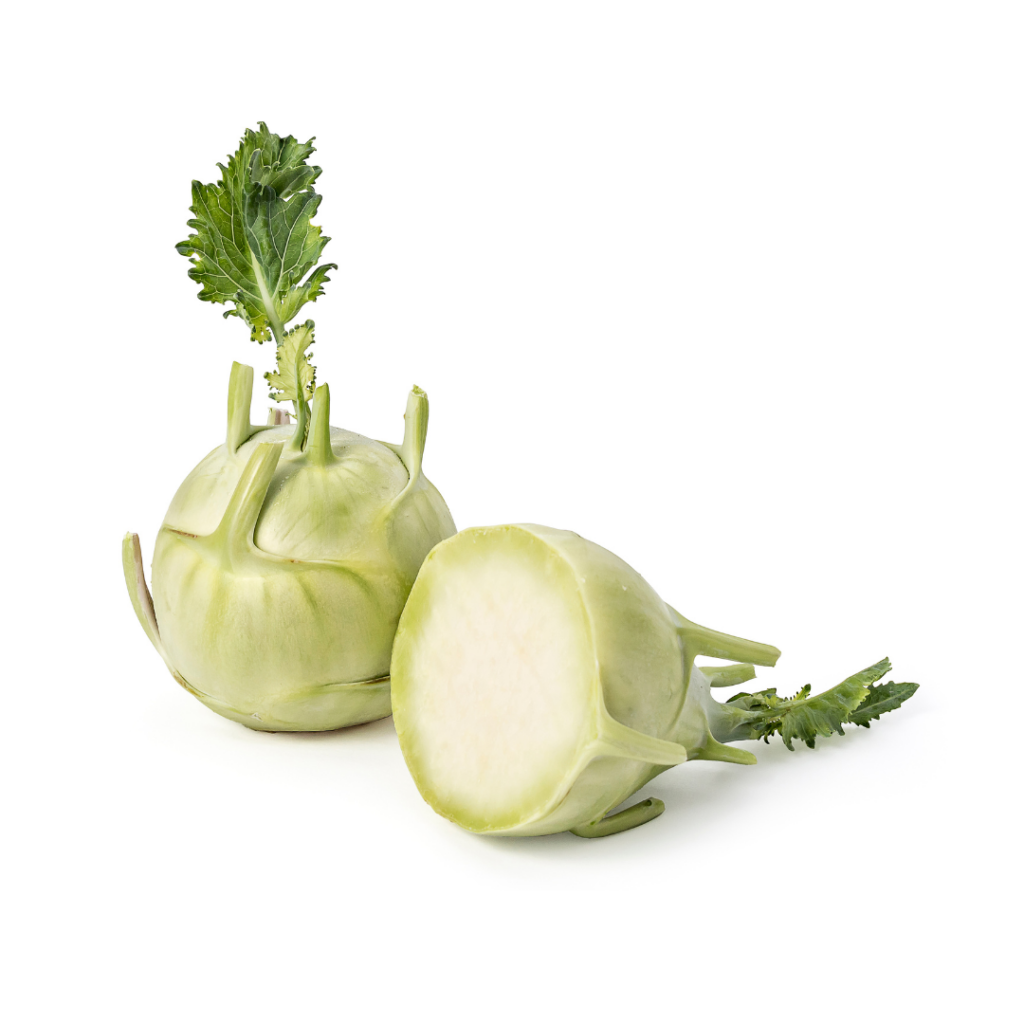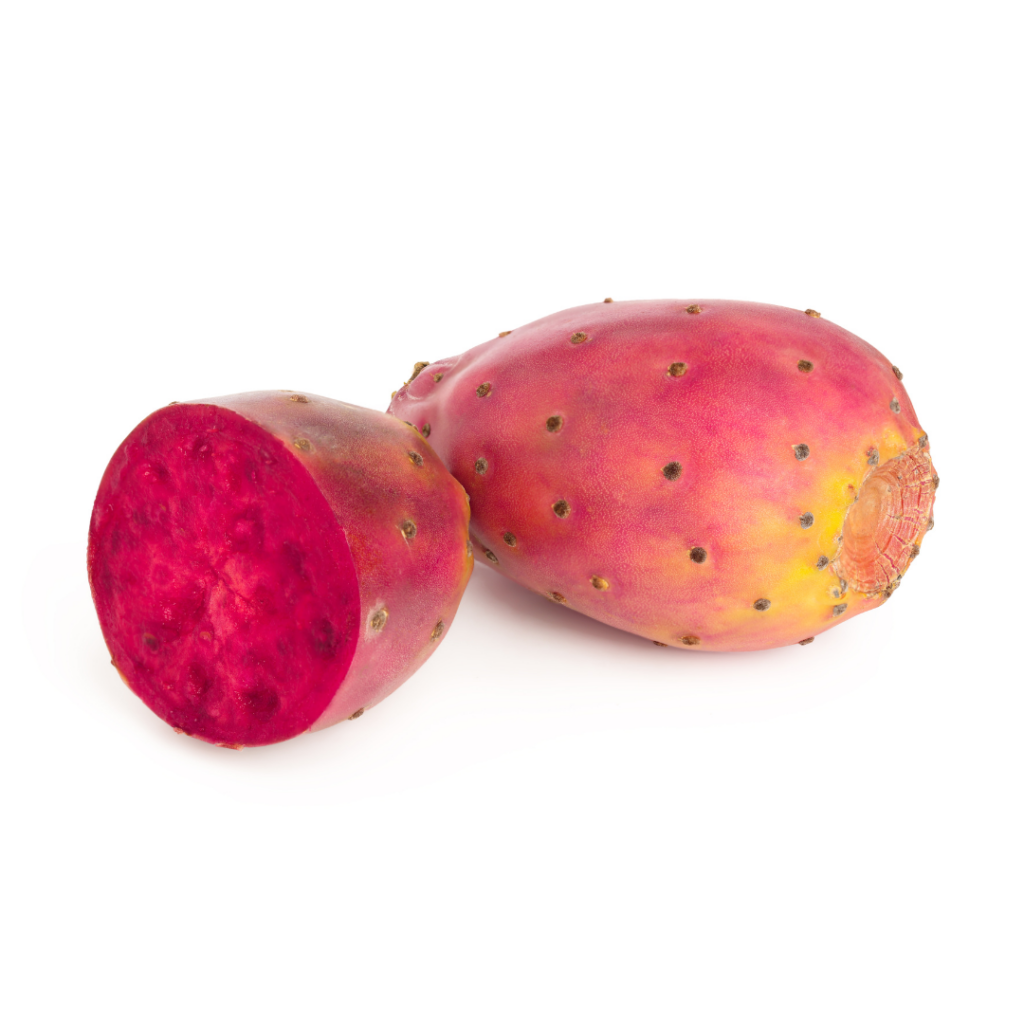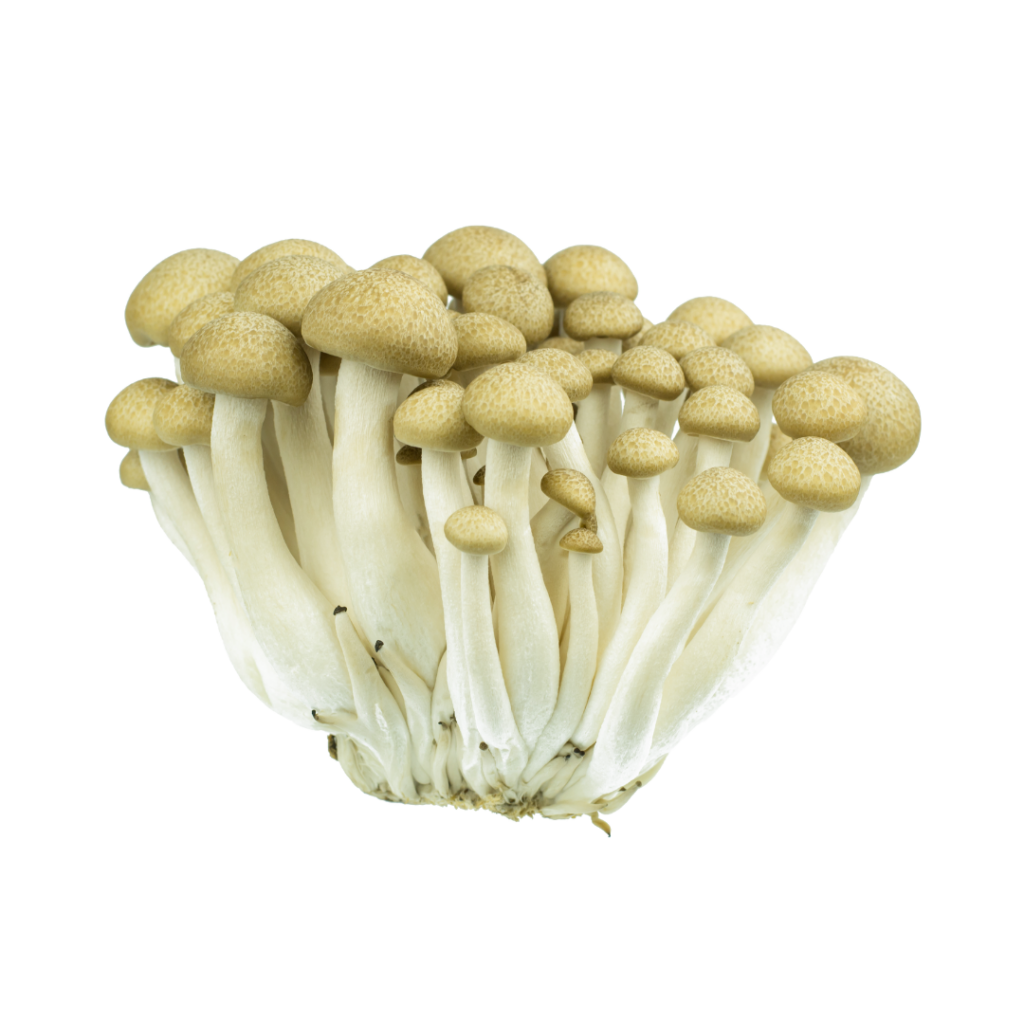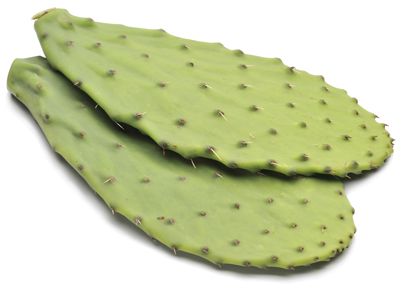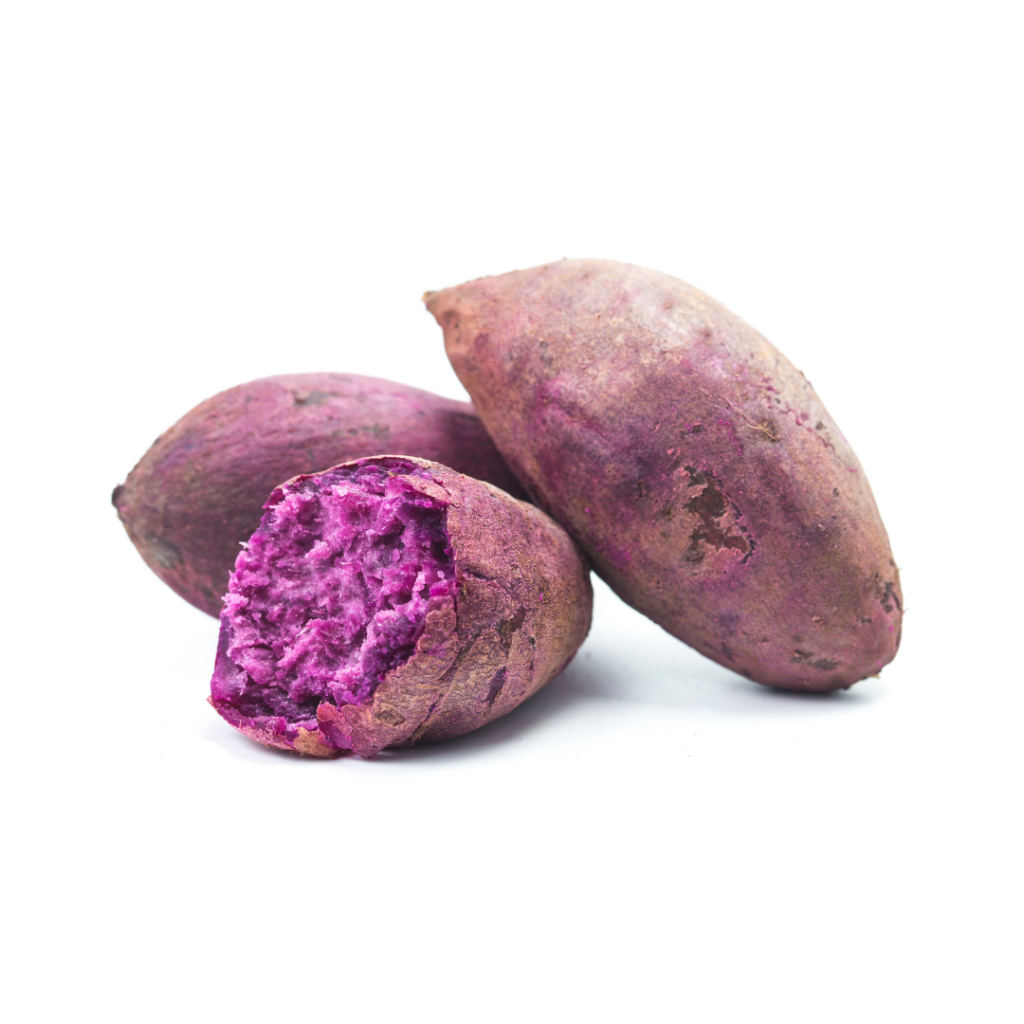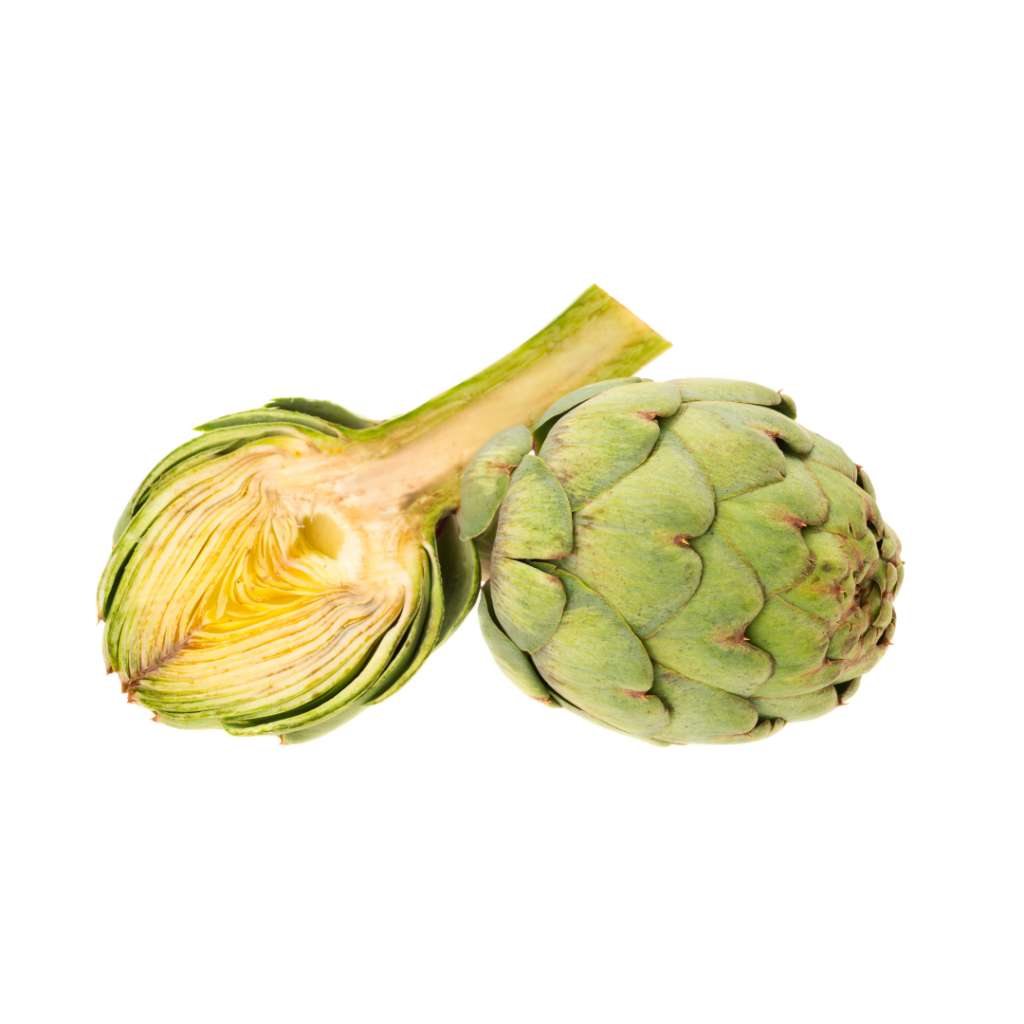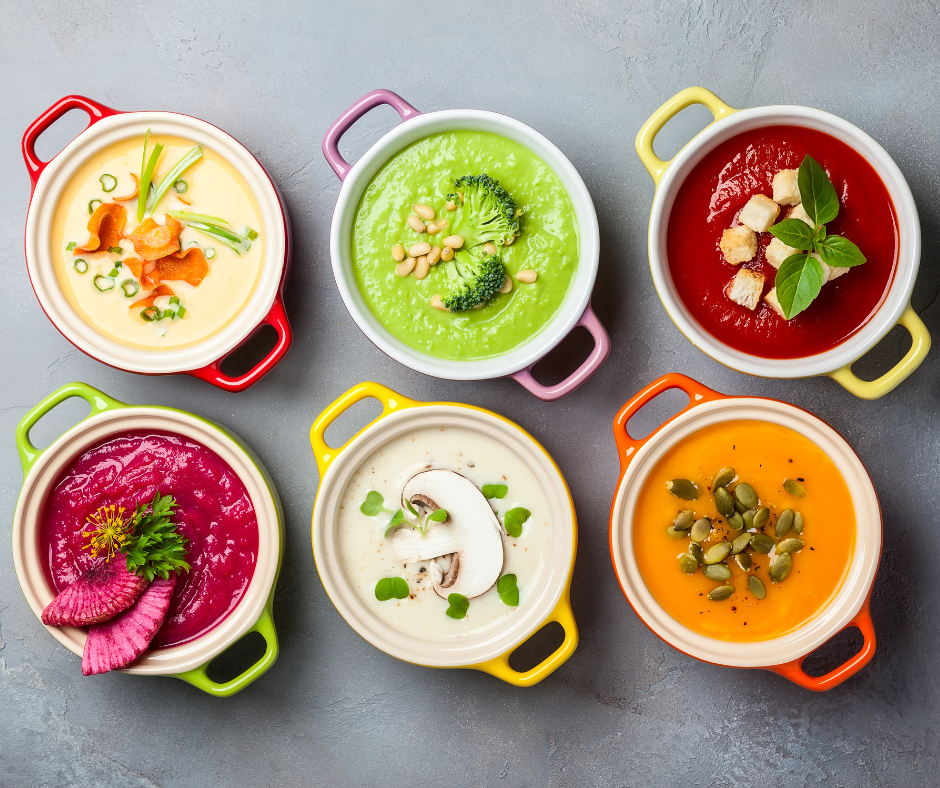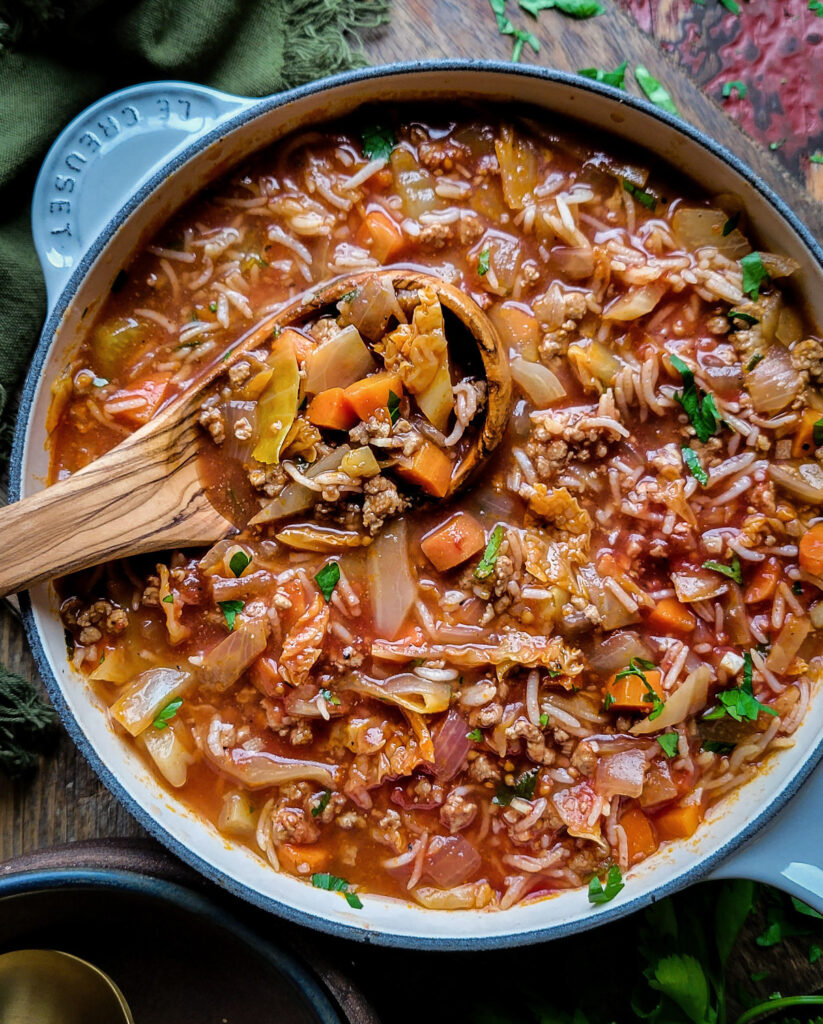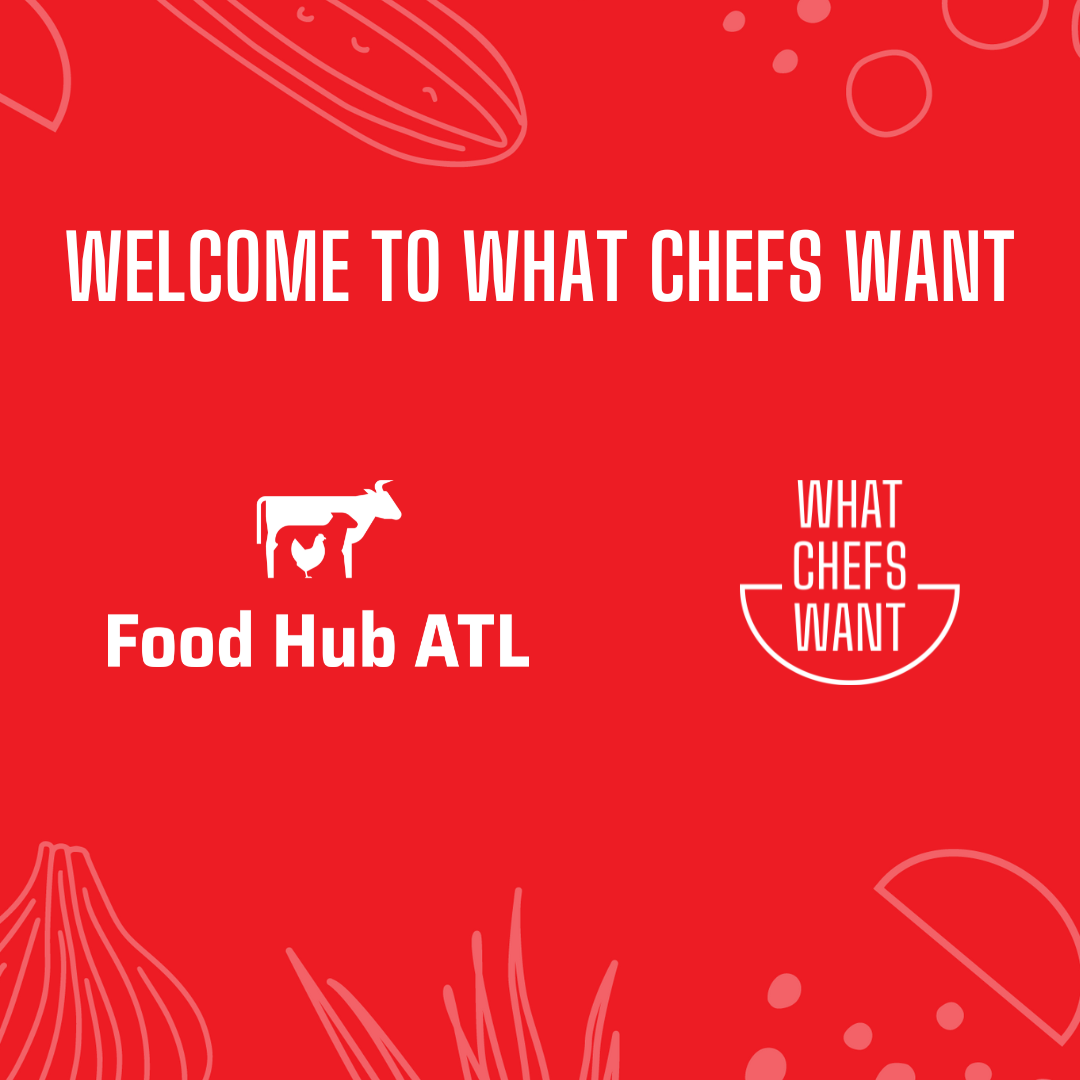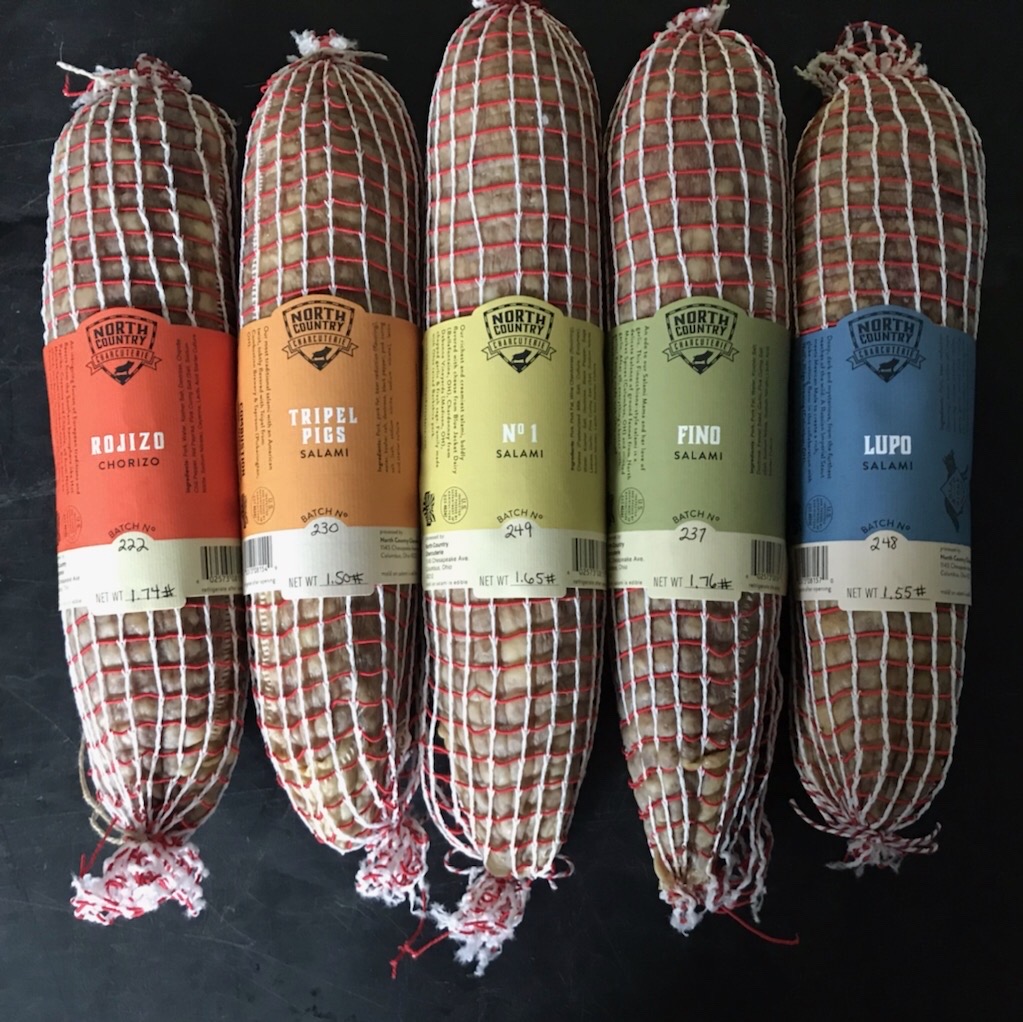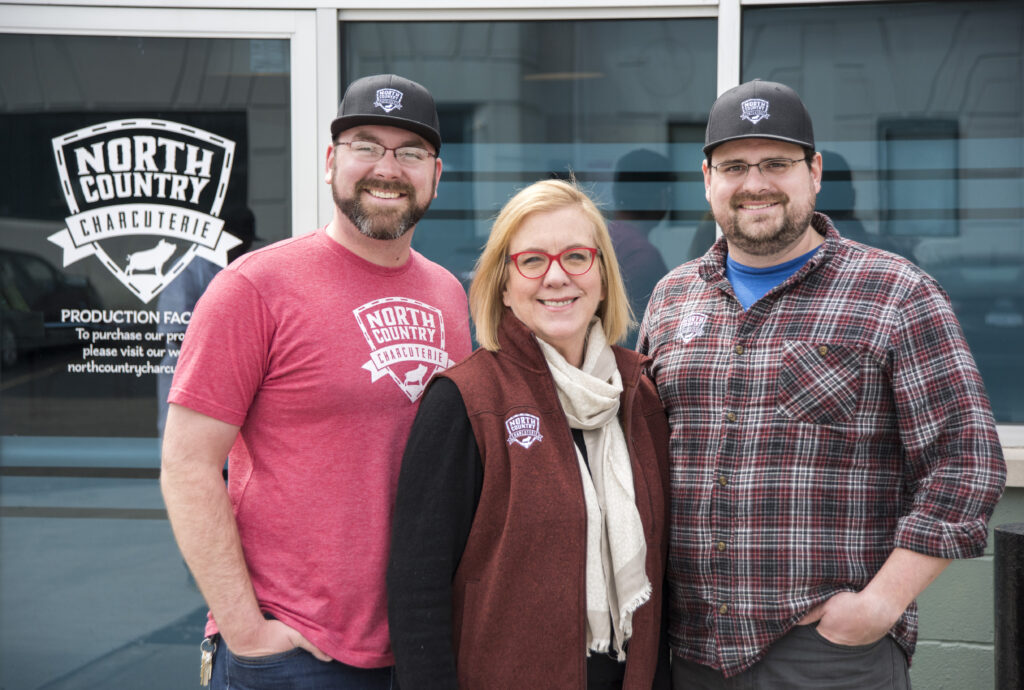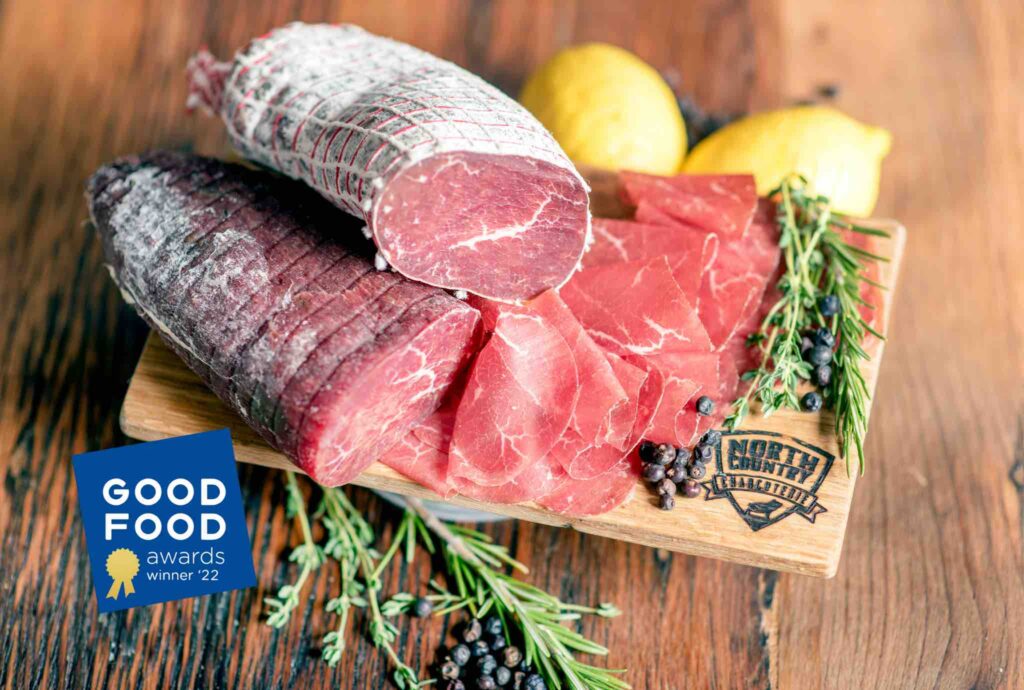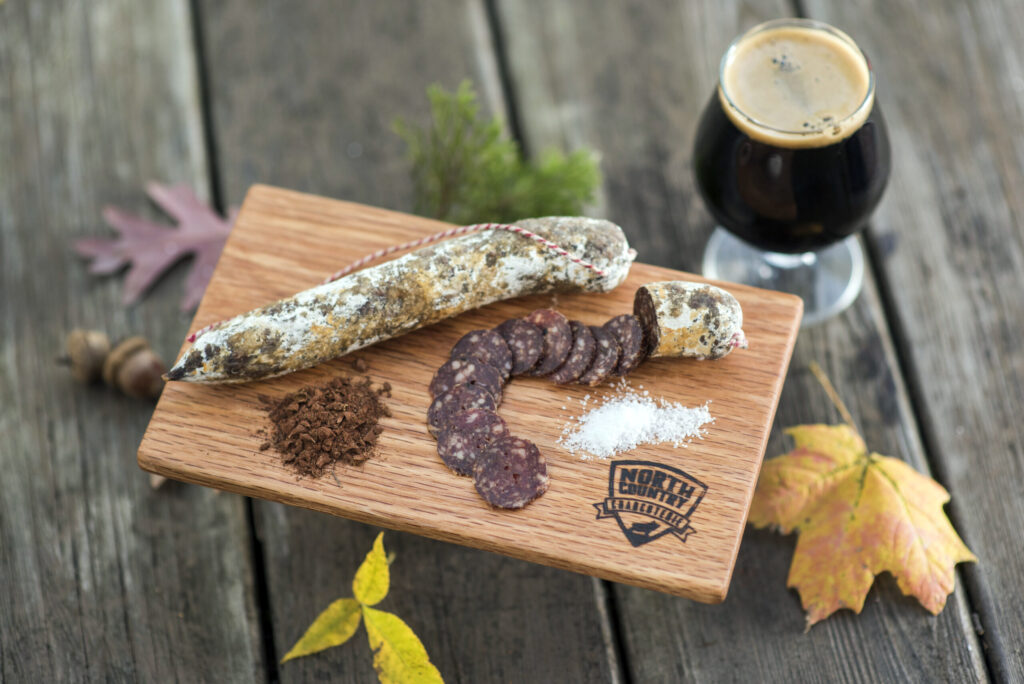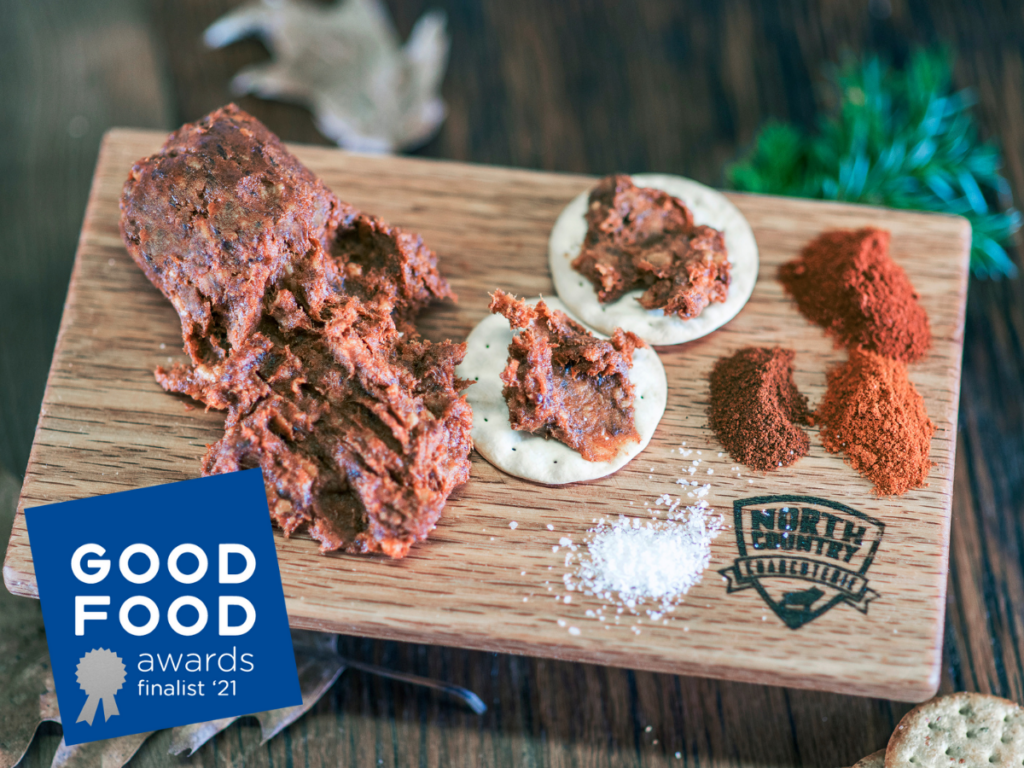
The holiday season is not just a time for festive decorations and gifts—it’s also a time for chefs to shine by creating memorable dining experiences. According to a recent survey by the National Restaurant Association, nearly 60% of consumers are planning to dine out at a restaurant during the holidays, while 50% intend to order takeout or delivery for gatherings at home. This holiday season, we are highlighting some center-of-the-plate options from What Chefs Want that will not only dazzle your patrons but also keep them coming back for more.
Beef
During the holiday season, beef takes the spotlight with its robust flavors and versatile options. Whether it’s the marbling of a ribeye, the tenderness of a filet, the heartiness of beef shanks, or the exceptional quality of a tenderloin, beef provides a diverse range of choices that cater to different preferences. Let’s check out some beef options that make for an ideal centerpiece during the holidays, offering a combination of taste and variety that appeals to a broad audience.
Tenderloin: A must-have center of the plate option for the season. This is a sought-after cut of meat known for its tenderness, lean profile, and exceptional flavor. Beef tenderloin is versatile and can be prepared in various ways to suit different preferences. What Chefs Want has tenderloin option to fit every chef’s need.
Choice Tenderloin (#00089) (#00535)
Trimmed Grain Fed Tenderloin (#30625)*
Black Hawk Reserve Tenderloins (#26956) – 100% F1 American Wagyu Beef from Black Hawk Farms
Prime Lipon Ribeye (#00171)*: The ribeye’s high fat content makes it well-suited for grilling. The fat renders during cooking, creating flare-ups that contribute to a flavorful sear on the exterior.
Beef Shanks (#26692)*: Beef Shanks provide a heartwarming and bold option for holiday diners. beef shanks are favored by chefs for their rich flavor, versatility in cooking methods, budget-friendly nature, and ability to contribute to the creation of deeply satisfying and comforting dishes.
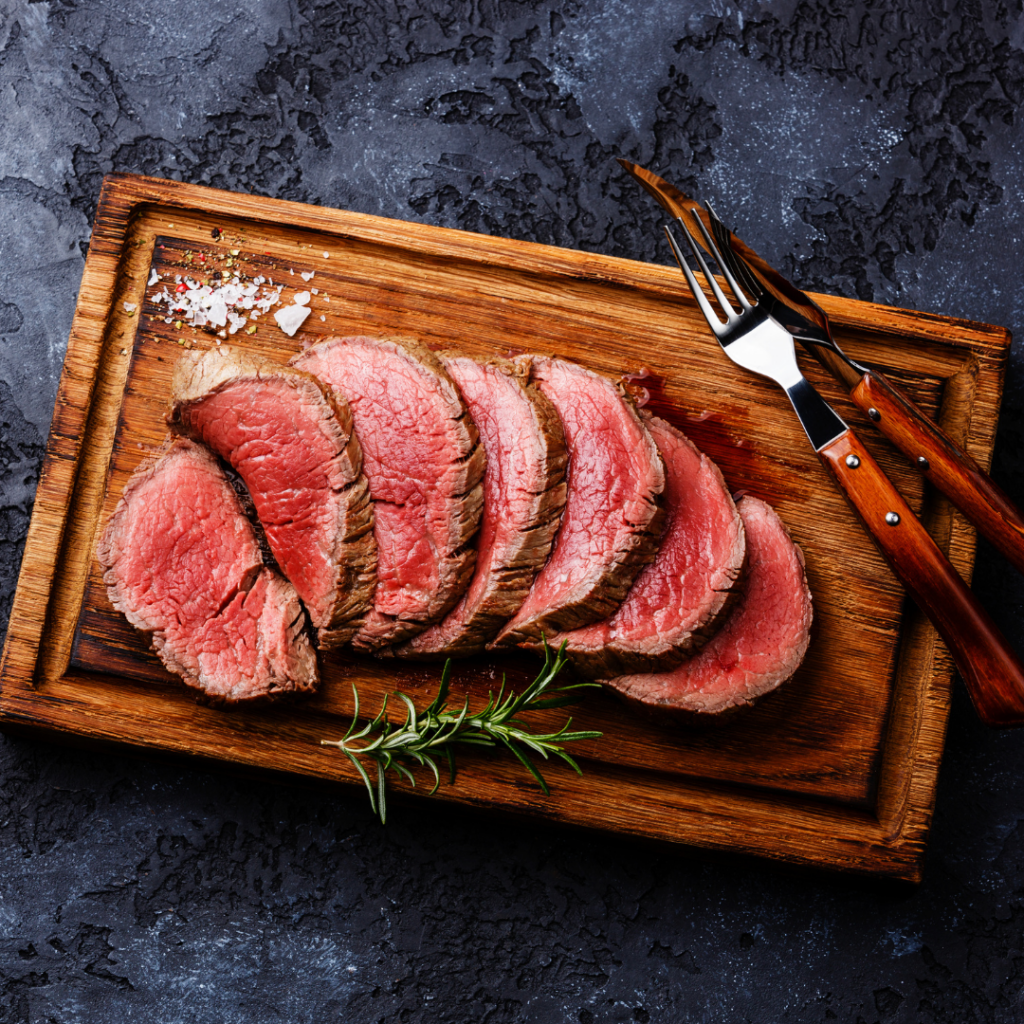
Ham
Loved for its ability to embody tradition and innovation simultaneously, ham has become a holiday staple, bringing comfort, flavor, and a touch of sophistication to festive gatherings. Let’s check out some favorites for the center of your table.
Berkshire Honey Glazed Hams (#01036)*: This fully cooked whole Berkshire honey glazed ham is slow smoked over applewood chops to enhance the flavor. Its savory and slightly sweet flavor profile complements a wide array of festive accompaniments.
Spiral Ham Halves (#00447)*: This is a fully cooked, spiral sliced, bone in, honey glazed ham that is synonymous with the holidays.
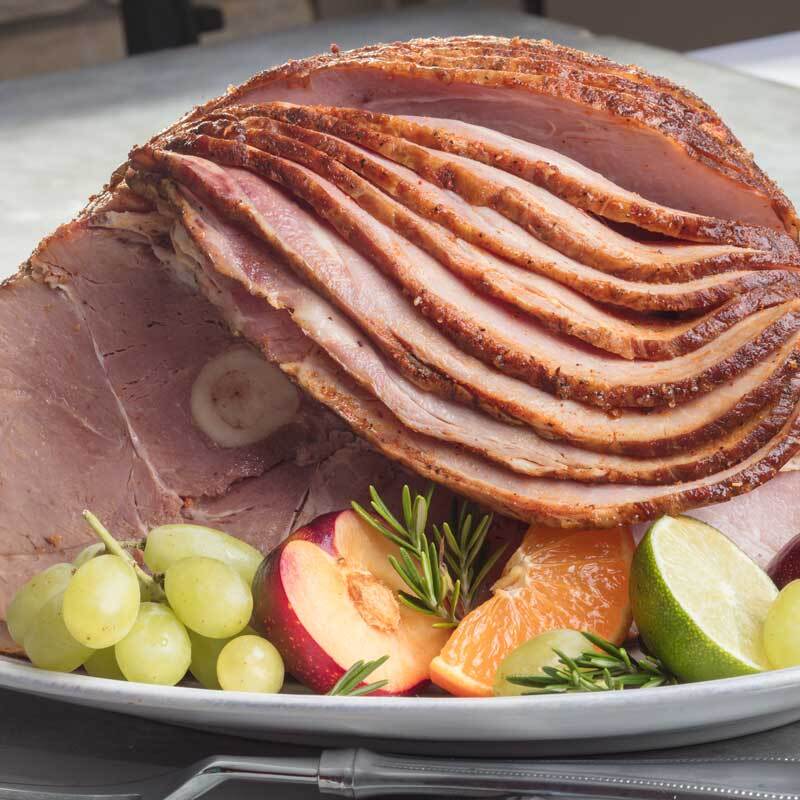
Poultry
When it comes to holiday menus with duck and chicken, steer clear of standard cuts to offer a refined culinary experience. From the indulgent richness of duck to the diverse possibilities presented by unique chicken cuts, such as osso bucco, chefs can transform holiday poultry into masterpieces that go beyond the ordinary, ensuring a sophisticated and memorable dining experience.
Duck Leg & Thigh (#00890), Duck Breast (#00841): Contrary to its poultry companions like chicken and turkey, duck strides into the realm of red meat, ushering in a diverse flavor profile akin to steak. Maple Leaf Farm duck has no artificial ingredients.
Poulet Rouge Fermier (#00847): When you want the most succulent chicken the world can offer, you want Poulet Rouge Fermier. This renowned breed has an irreplaceable standing in French cuisine.
Airline Breast (#72001): This is a boneless, skin-on half breast with the first wing joint attached, between 7-9 oz each. The attached wing drumette not only adds an aesthetic appeal to the plate but also gives the dish a distinctive and elegant look.
Chicken Osso Bucco (#00909): Transform a classic dish with a holiday twist —Chicken Osso Bucco brings comfort and elegance to the table. This is Frenched drumstick with the meat pulled down towards large end resembling a “Lollipop”.
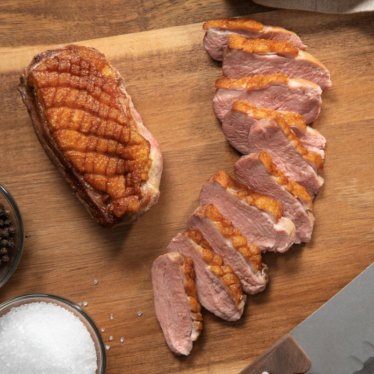
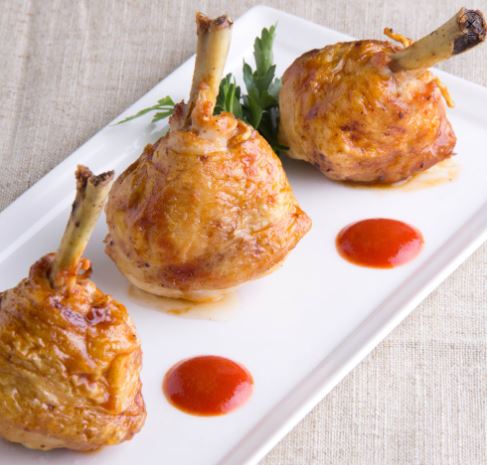
Lamb
From succulent lamb leg to tender loin chops and impressive New Zealand lamb racks, offer a spectrum of flavors and textures for lamb enthusiasts. The versatility of lamb allows chefs to showcase their culinary creativity, offering a unique and memorable dining experience that complements the celebratory atmosphere of holiday gatherings.
Lamb Leg (#62505)*: The lamb leg is known for its tenderness. It is a prime cut that responds well to roasting, grilling, or slow cooking methods, allowing the meat to become fork-tender. This is a lamb leg from Freedom Run Farms is deboned, rolled and tied.
Lamb Loin Chop (#62526)*: Lamb chops are prized for their tenderness and rich flavor. The meat closer to the bone often carries more flavor, and the delicate nature of the chops makes them a favorite among those who appreciate a more refined taste. Each chop is cut to 1.5″ thickness and weighs approximately 7-8oz.
New Zealand Lamb Rack (#00408): A lamb rack is a premium and visually striking cut of lamb that is prized for its tenderness, succulence, and presentation.
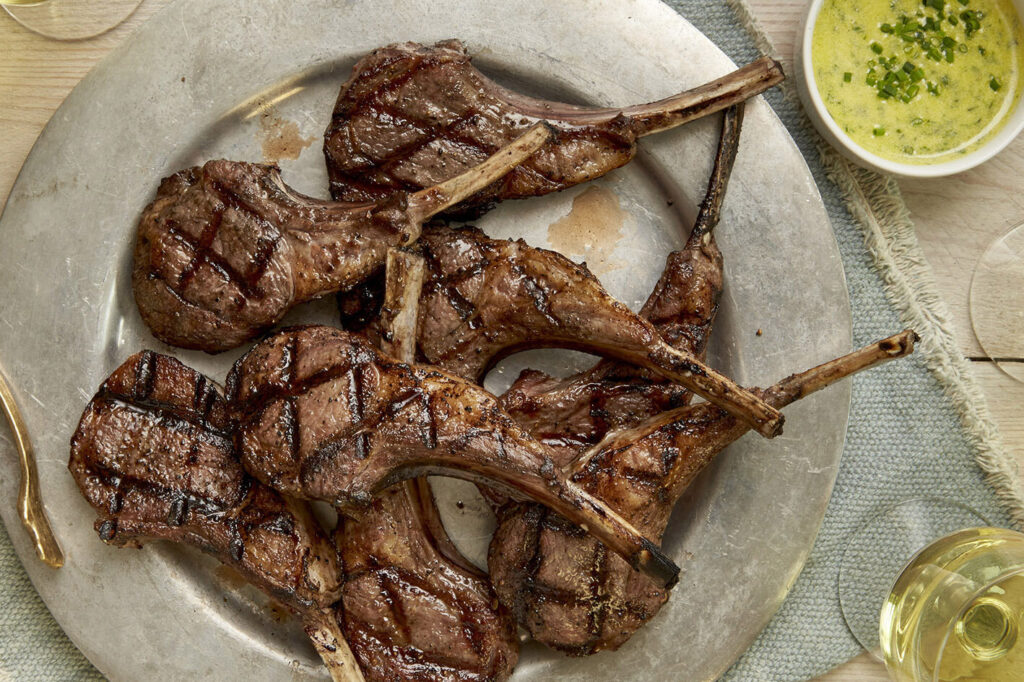
Seafood
Including a variety of high-quality seafood into holiday menus allows chefs to showcase their culinary prowess, cater to diverse preferences, and wow customers with elegance, creativity, and a touch of indulgence.
Halibut (#49148): Chefs appreciate halibut for its ability to serve as a canvas for culinary creativity. Its neutral taste allows for inventive flavor pairings, making it a versatile ingredient for both classic and contemporary seafood dishes.
Ora King Salmon (#23794): Ora King Salmon, often hailed as the “Wagyu of the Sea,” is a premium breed of King Salmon (Chinook Salmon) known for its exceptional quality and flavor. The premium quality of Ora King Salmon makes it a favorite for gourmet presentations.
Seabass (#49141): Sea bass is renowned for its mild, delicate flavor, making it a favorite among seafood enthusiasts. The flesh is tender with a slightly sweet taste, allowing chefs to showcase its natural qualities through various cooking methods.
Swordfish (#48129): Swordfish has a firm, meaty texture, making it hold up well to various cooking methods, allowing chefs to create hearty and satisfying dishes. The dense texture of seabass steaks allows them to hold up to high-heat cooking methods, resulting in a satisfying sear on the outside while maintaining juiciness on the inside.
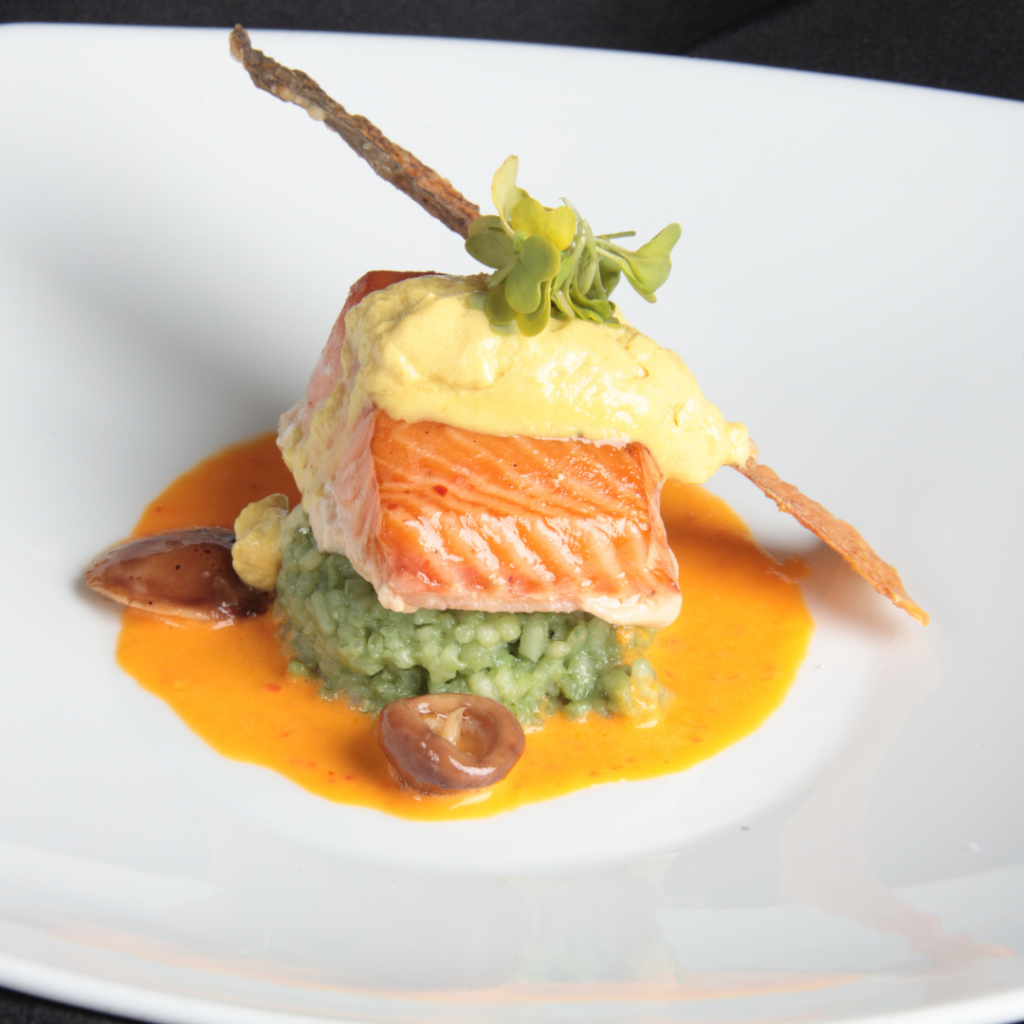
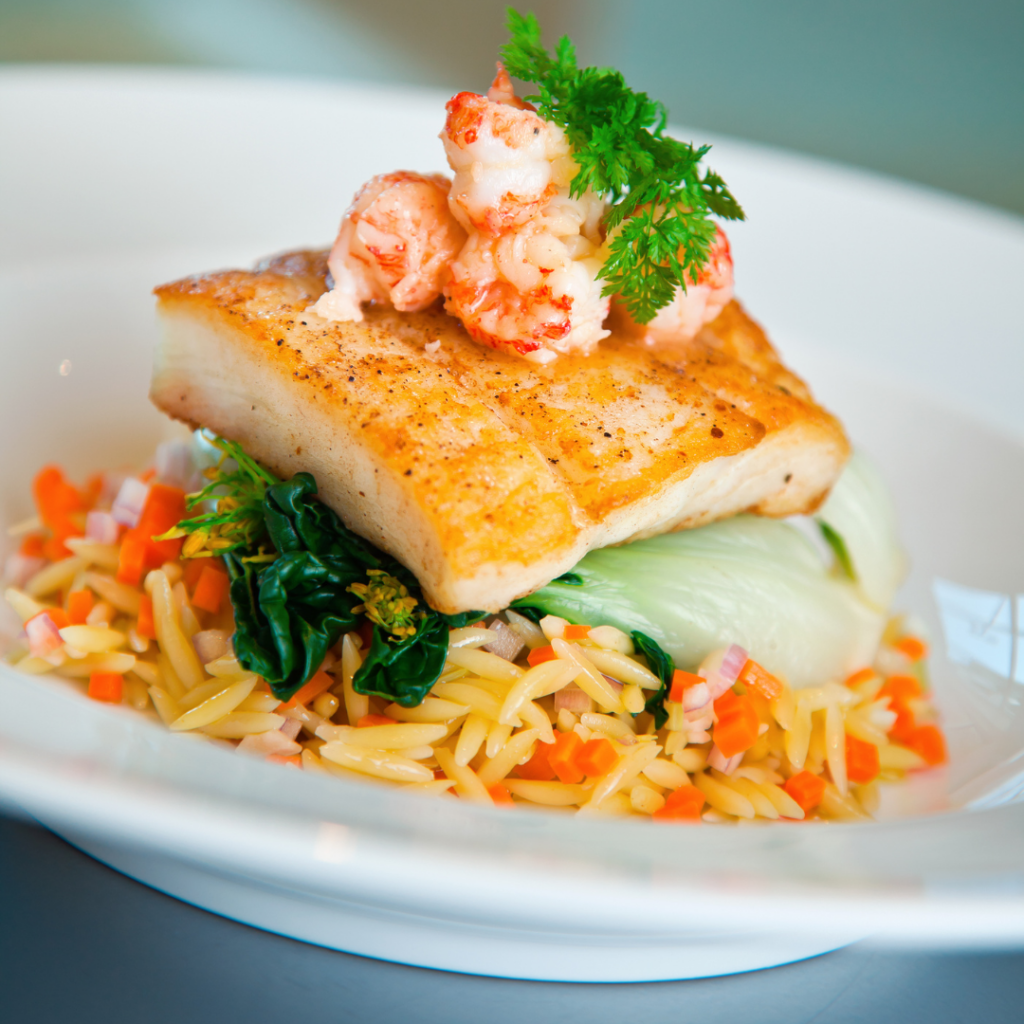
Mariblu Shrimp (#33206): These delectable shrimp are renowned for their exquisite flavor, and what sets them apart is their commitment to both your palate and the environment. Mariblu Brand Shrimp are carefully sourced and processed to ensure they are 100% phosphate-free.
Cooked Shrimp (#48633): These head-off, tail-on cooked shrimp are ready to use for your holiday menu needs.
Tempura Shrimp (#48709): These Shrimp Tempura Tzukuri are frozen and coated in a light, airy batter ready to be deep-fried to golden perfection. The contrast between the crunchy exterior of the tempura and the tender, juicy shrimp inside creates a delightful sensory experience.
Bacon Wrapped Shrimp (#90610): These large tail-off shrimp are wrapped in lean bacon and held together with a toothpick skewer, ready to bake for a delightful holiday appetizer.

Scallops (#32713): Whether served as a delicate appetizer or the centerpiece of an exquisite dish, scallops remain one of the ocean’s most celebrated culinary treats. Scallops are known for their delicate, sweet flavor and tender, buttery texture.
King Crab Legs (#48396): When you hear the shell crack, the sweet, succulent crab is just moments away! The Red King Crab is the most majestic of all crab, with a tender, sweet, succulent meat unlike any other crab in the world.
Jumbo Lump Crab (#48204): Jumbo Lump is beautiful, whole pieces of firm, succulent white meat picked from the two large swimming fin muscles of the crab. This product is perfect for high quality crab cakes, cocktail presentations or sautéing. There are between 75-100 pieces per can.
Canadian Lobster Tails (#48423): Enjoy the mild, sweet, and distinctive flavor of these beautiful 7-8 oz lobster tails caught in the pristine, cold waters of eastern Canada. Frozen raw and uncooked, they thaw easily and can be boiled, steamed, grilled or prepared your favorite way in minutes.
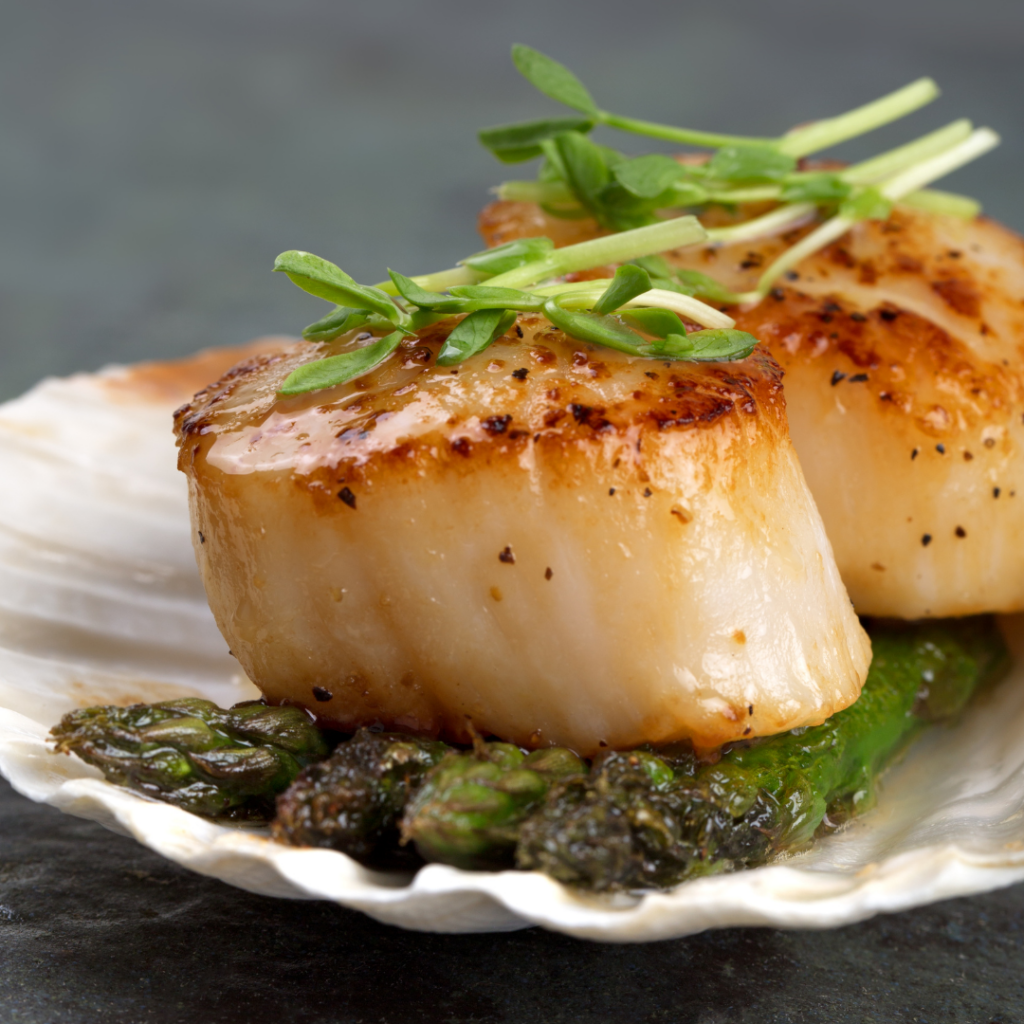
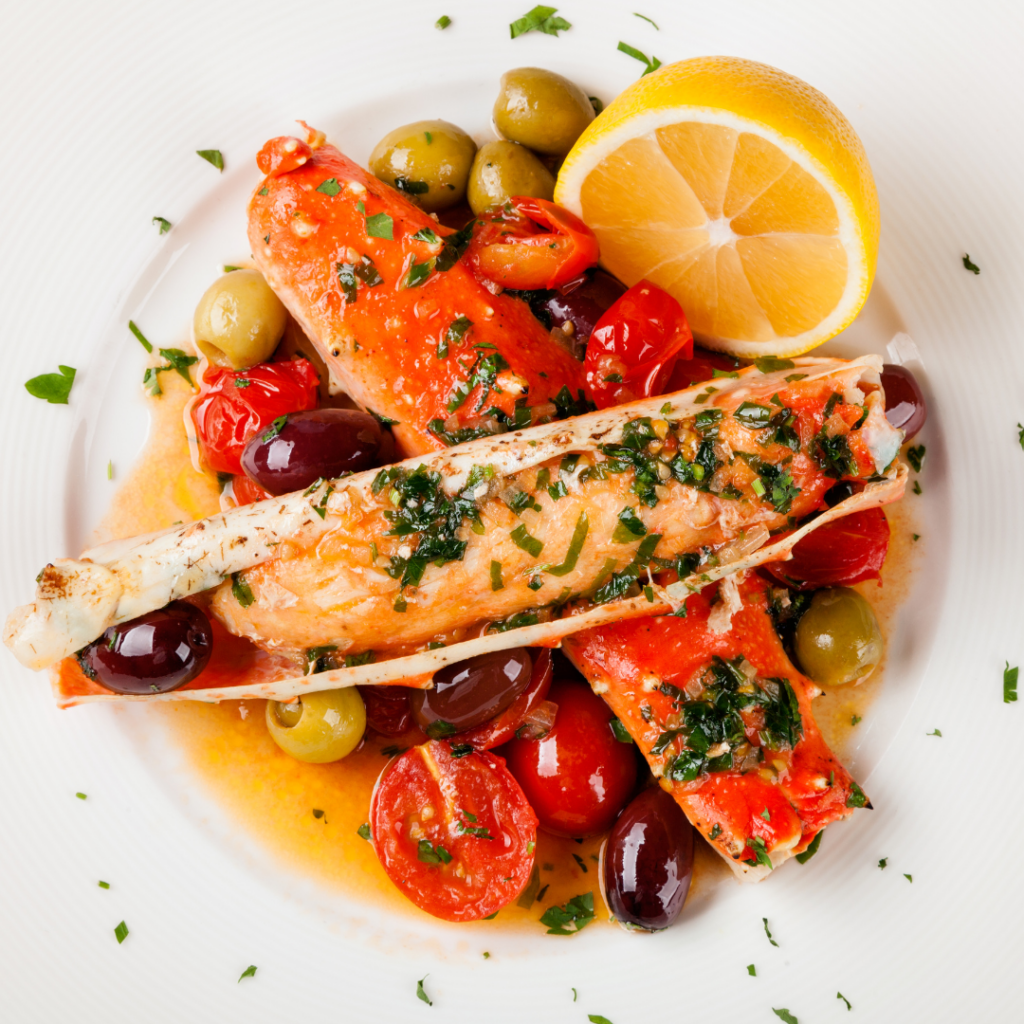
This holiday season, the National Restaurant Association survey reveals that consumers are eager to let restaurants handle the cooking, making it the perfect time to showcase your culinary prowess. With our premium center-of-the-plate options, you can create a holiday menu that not only reduces stress for your patrons but also leaves a lasting impression. As diners seek convenience, loyalty, and memorable dining experiences, What Chefs Want provides the ingredients to make your restaurant the holiday destination of choice. Happy holidays and happy cooking!
*Items may not be available in all regions and subject to availability

